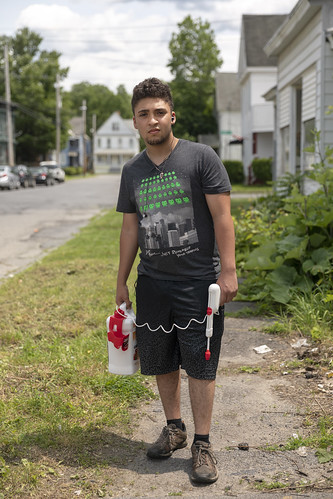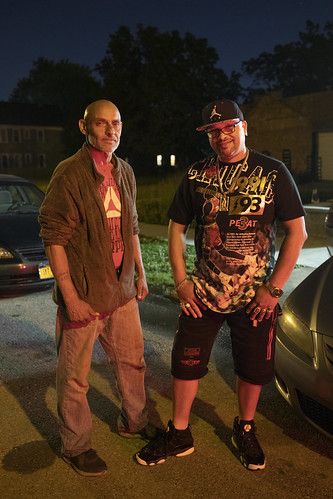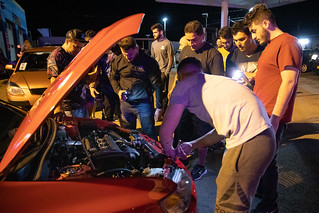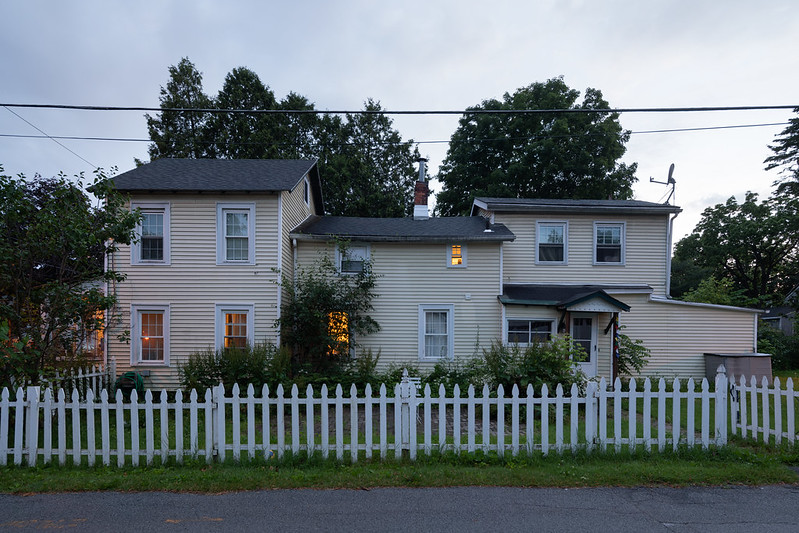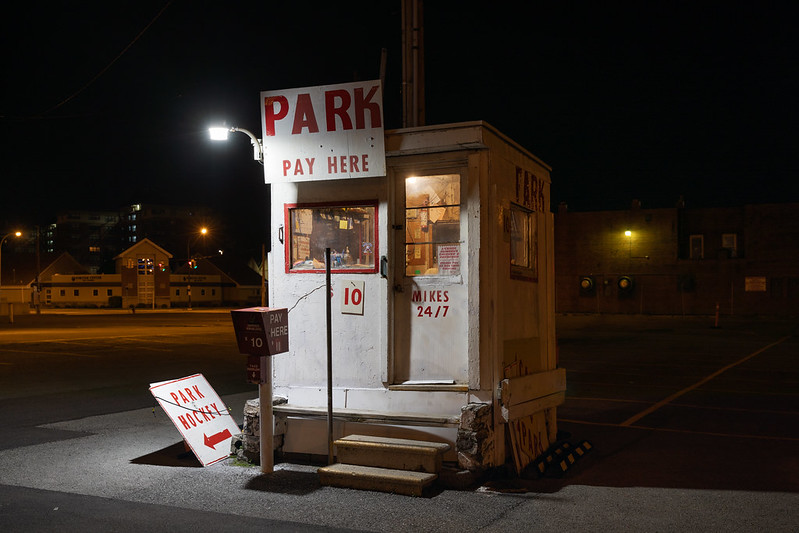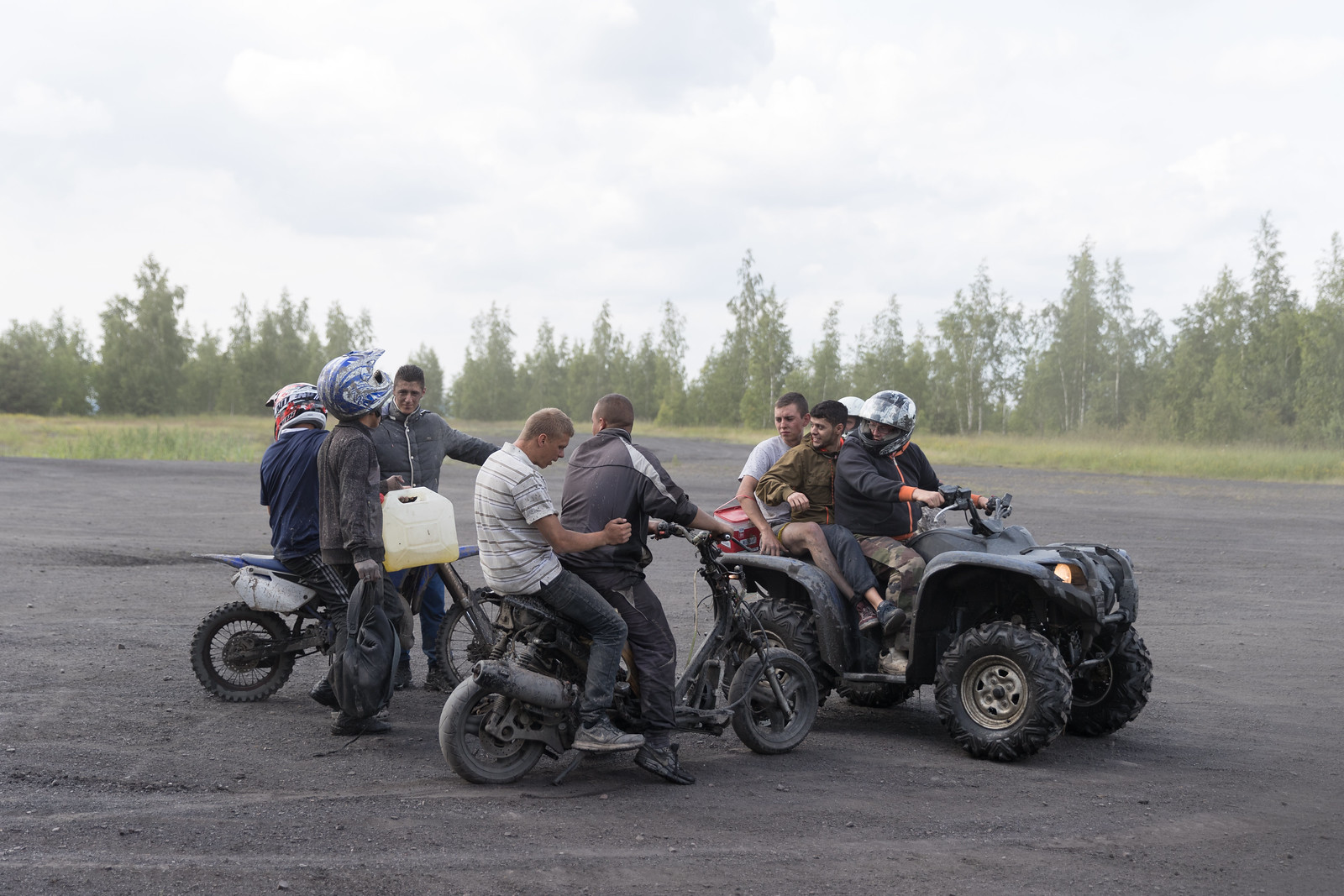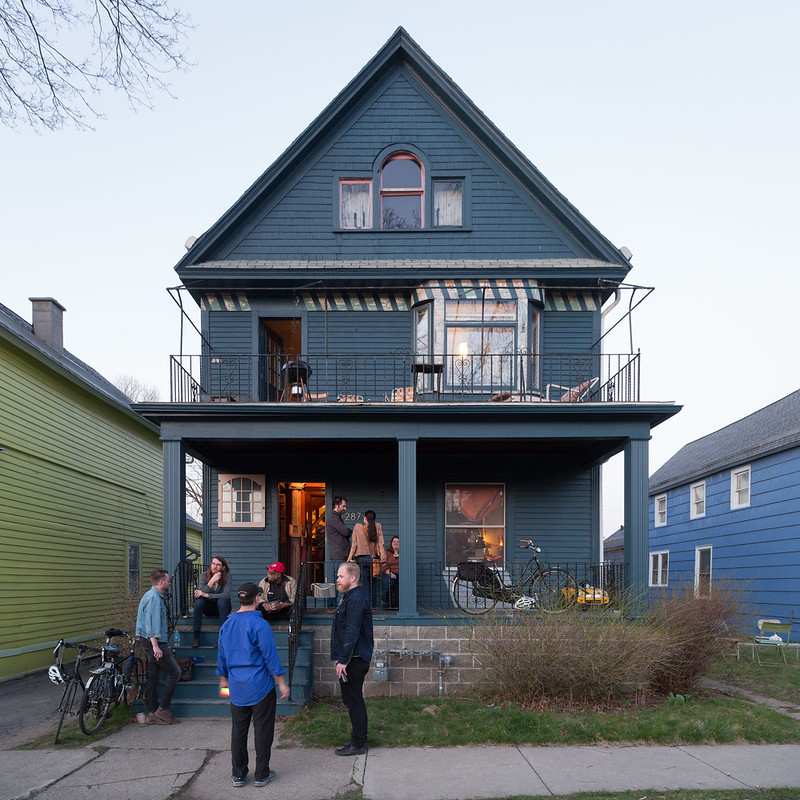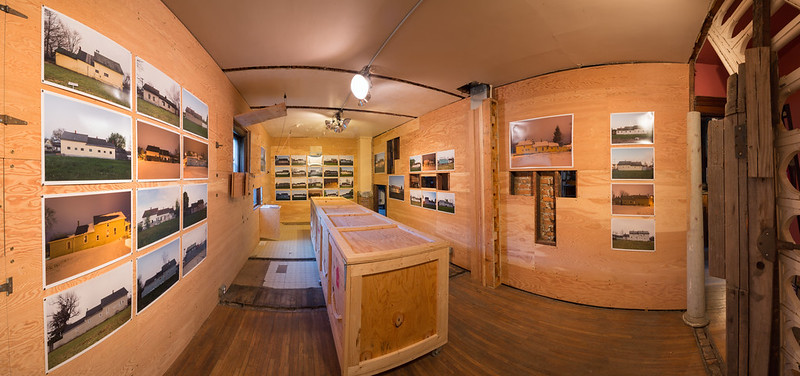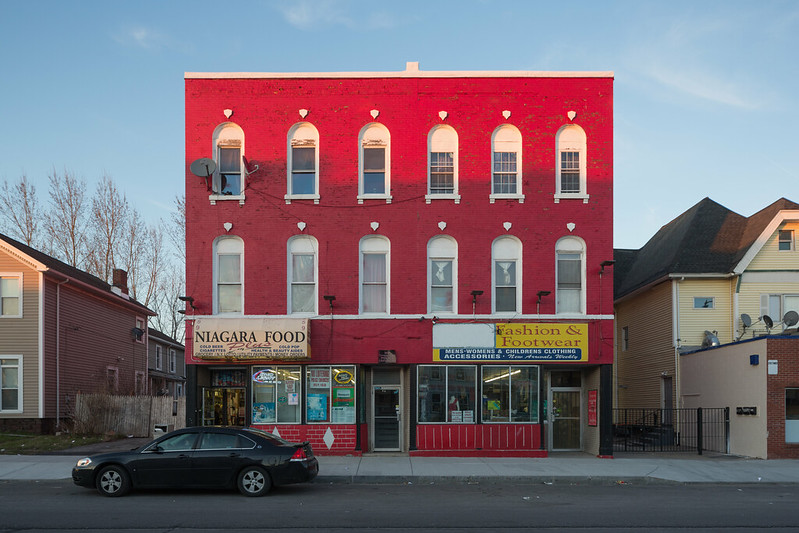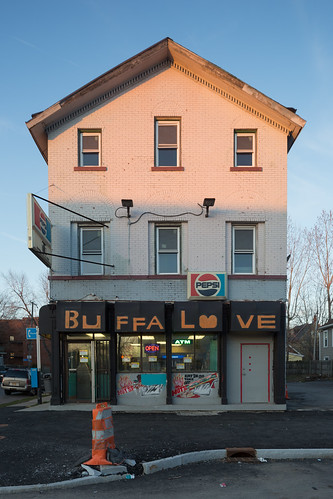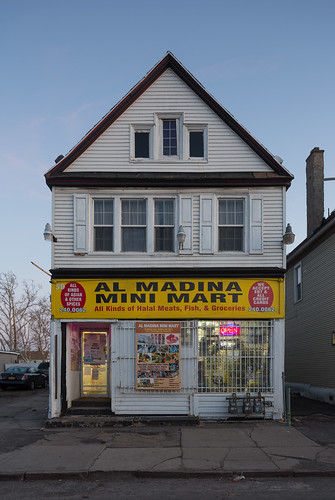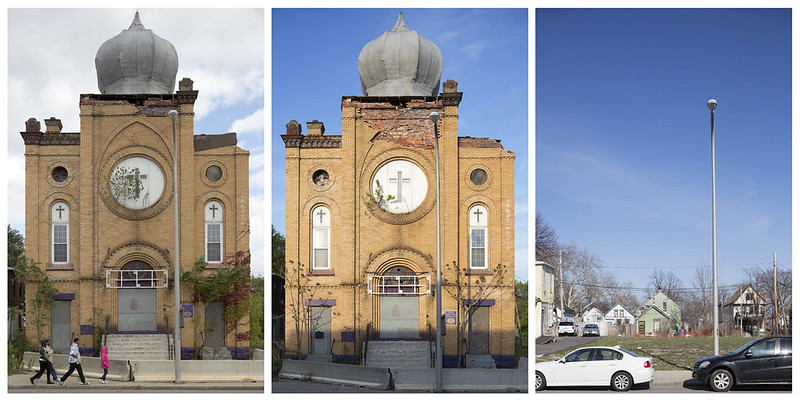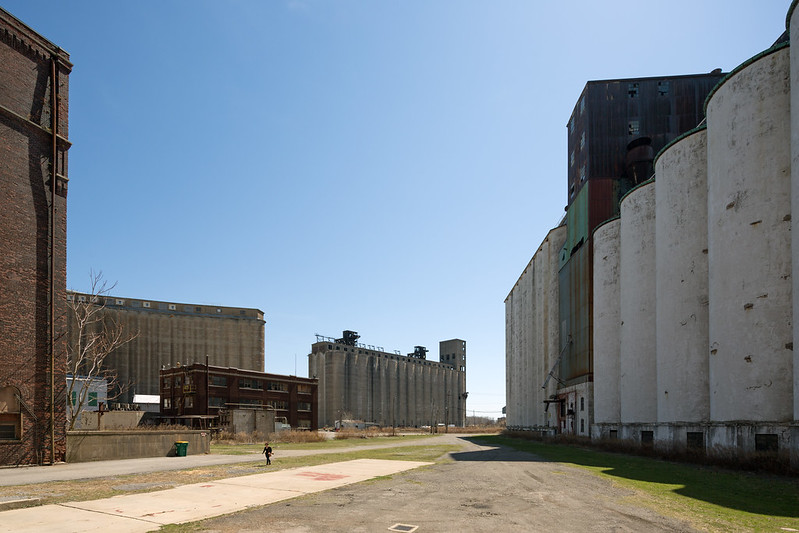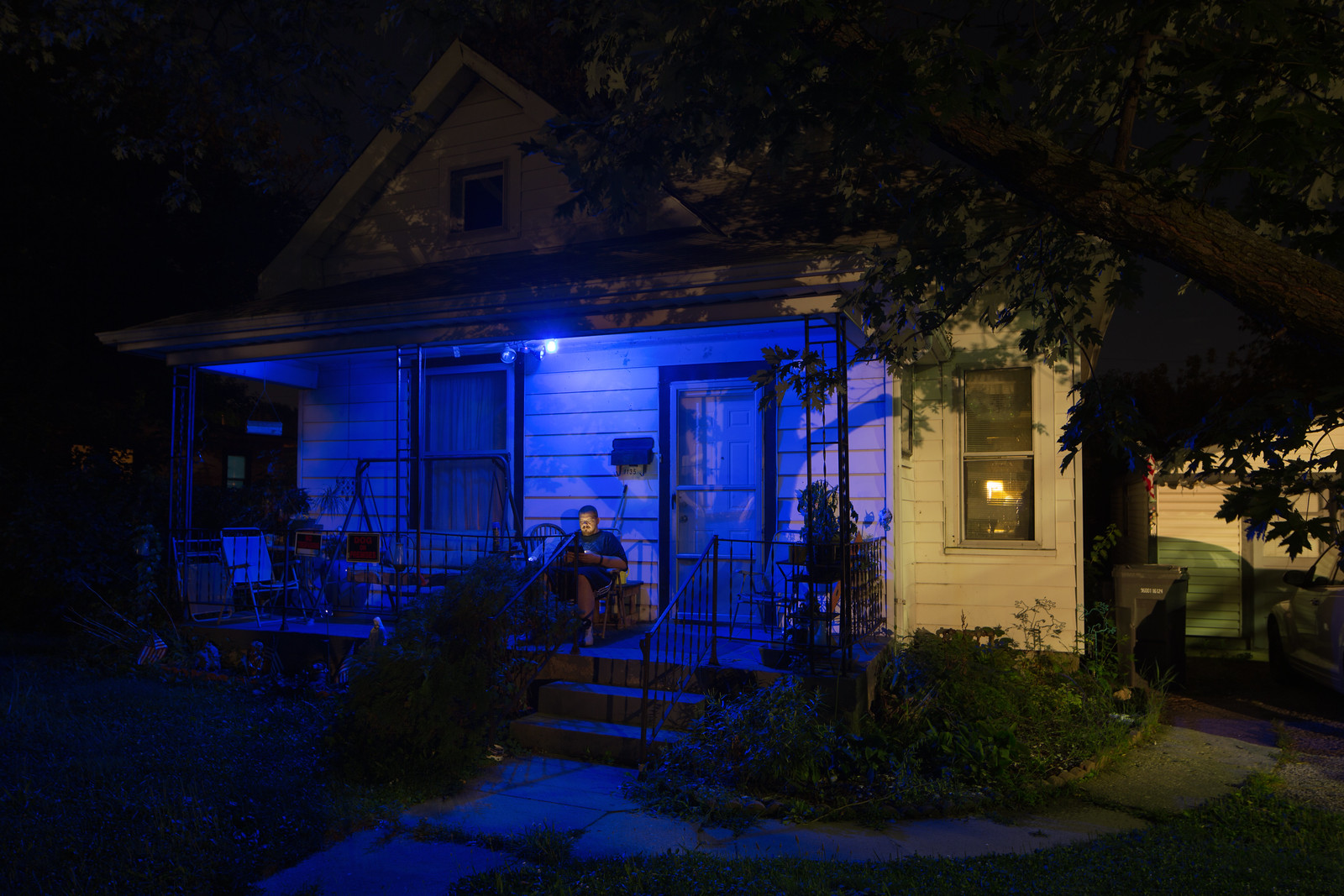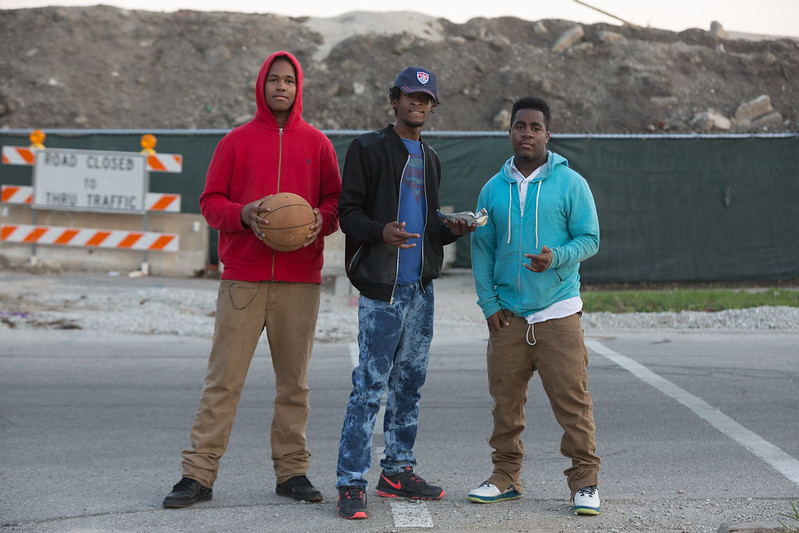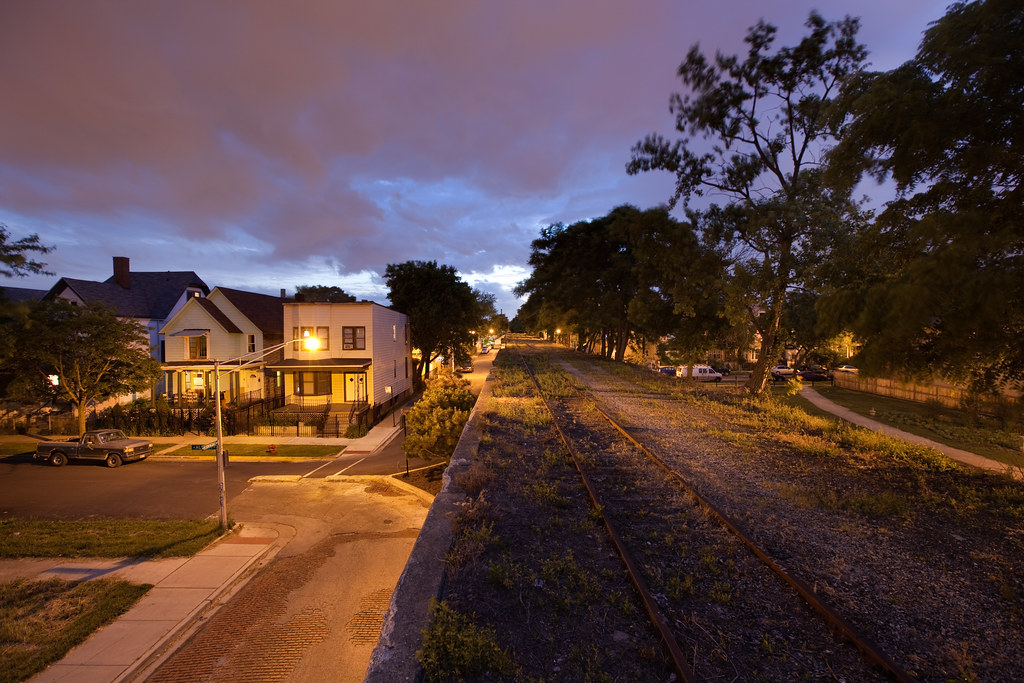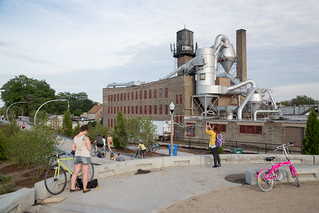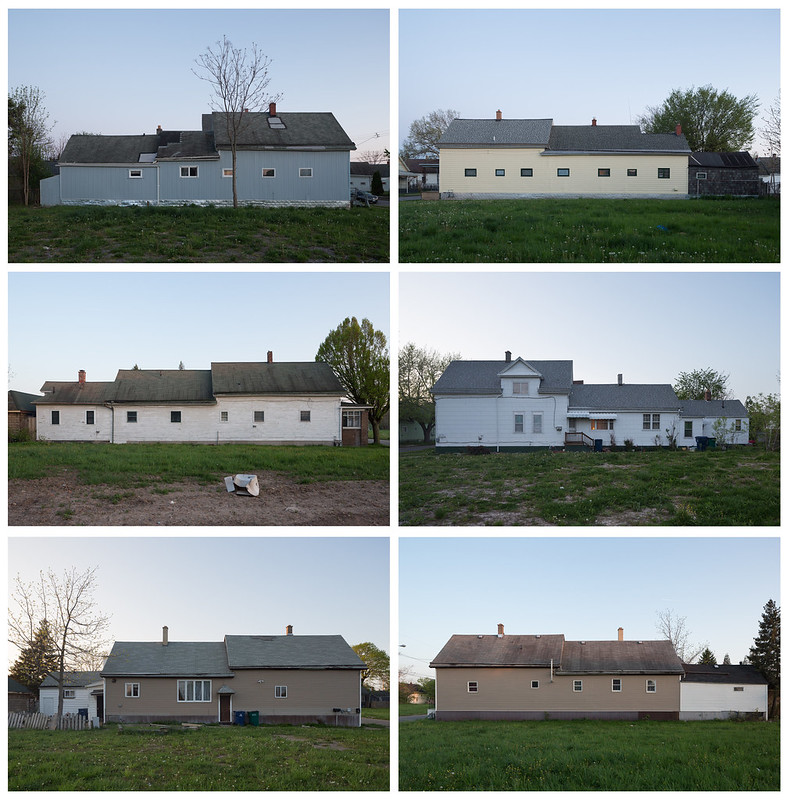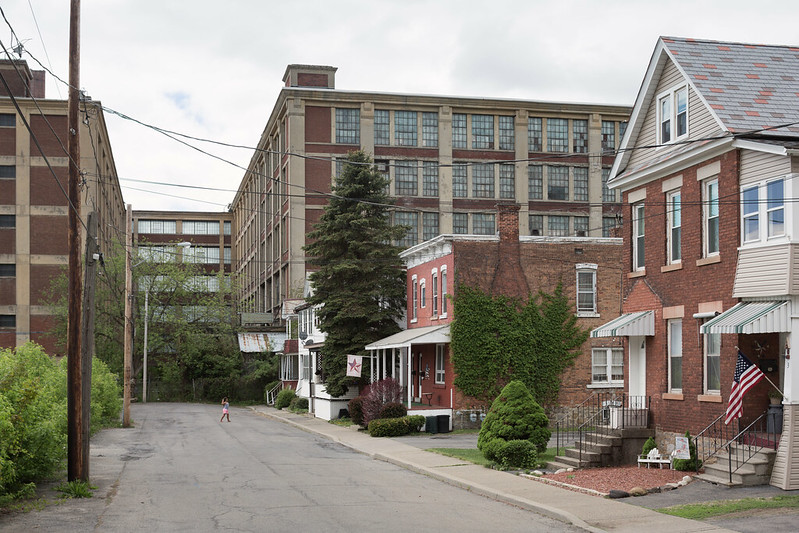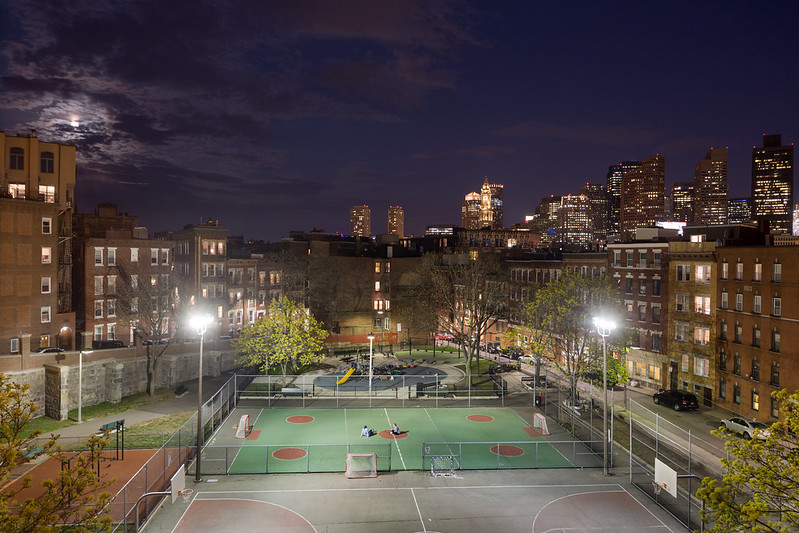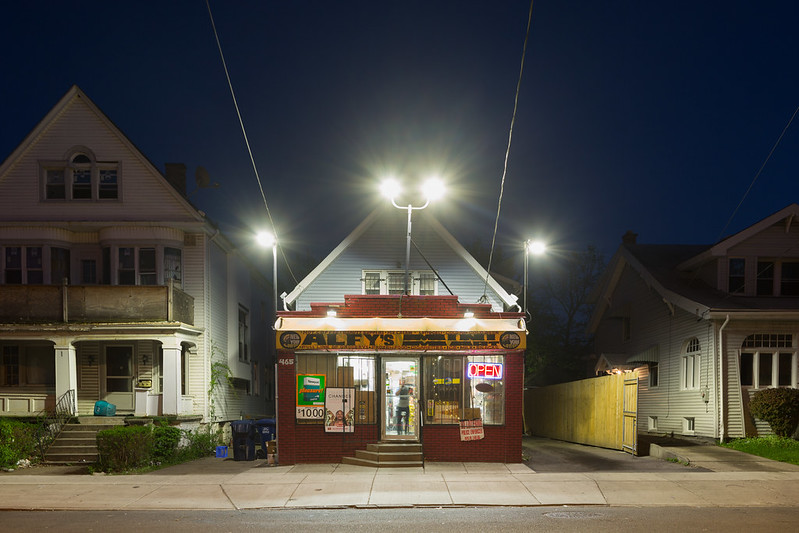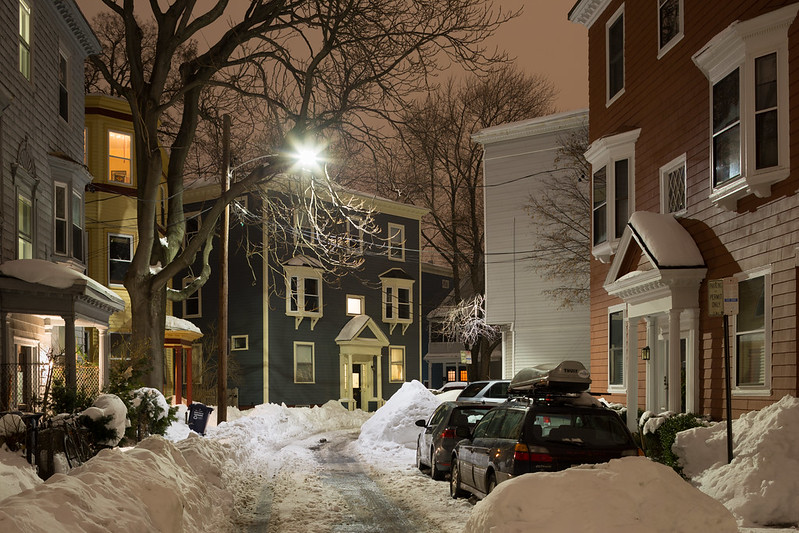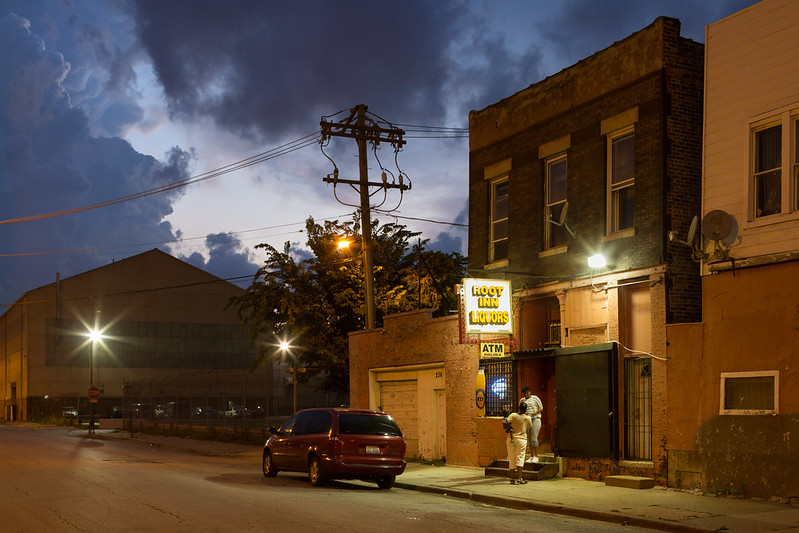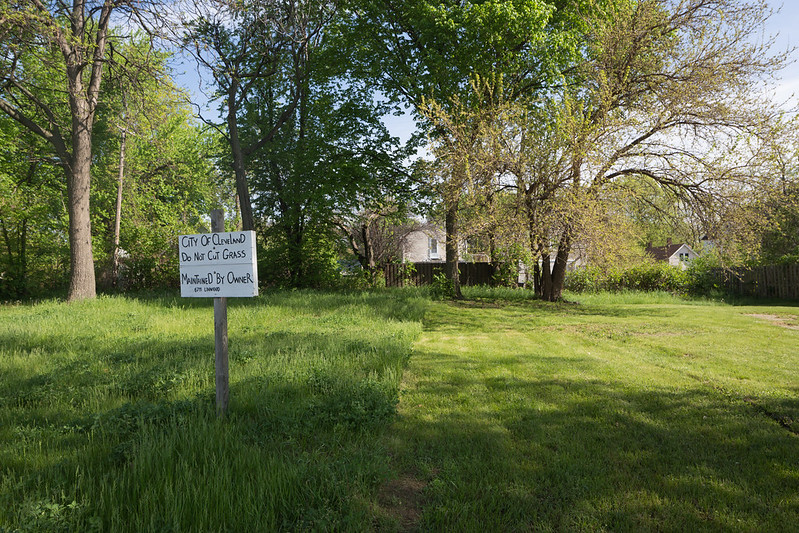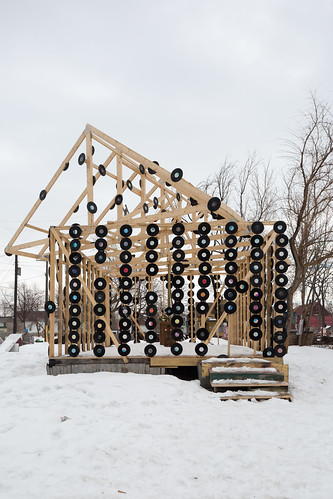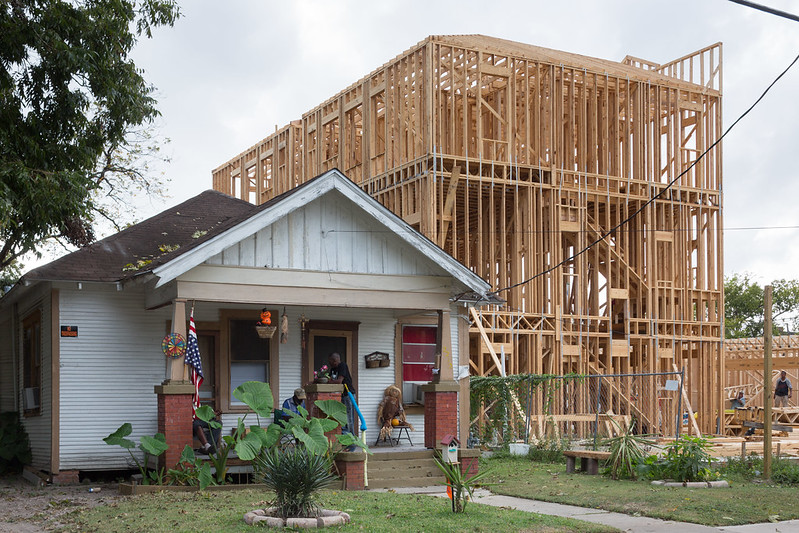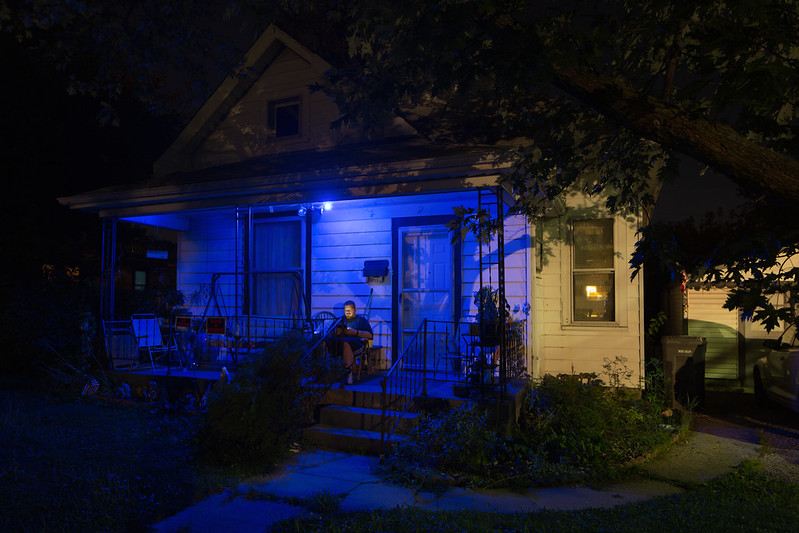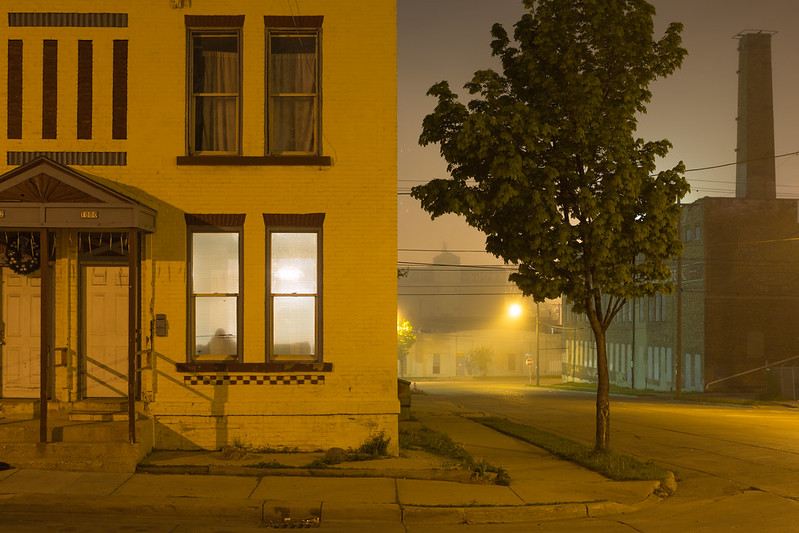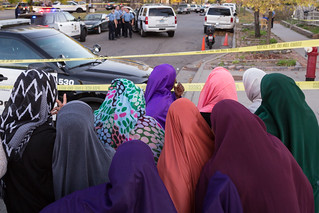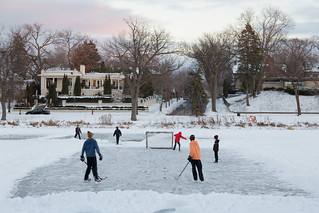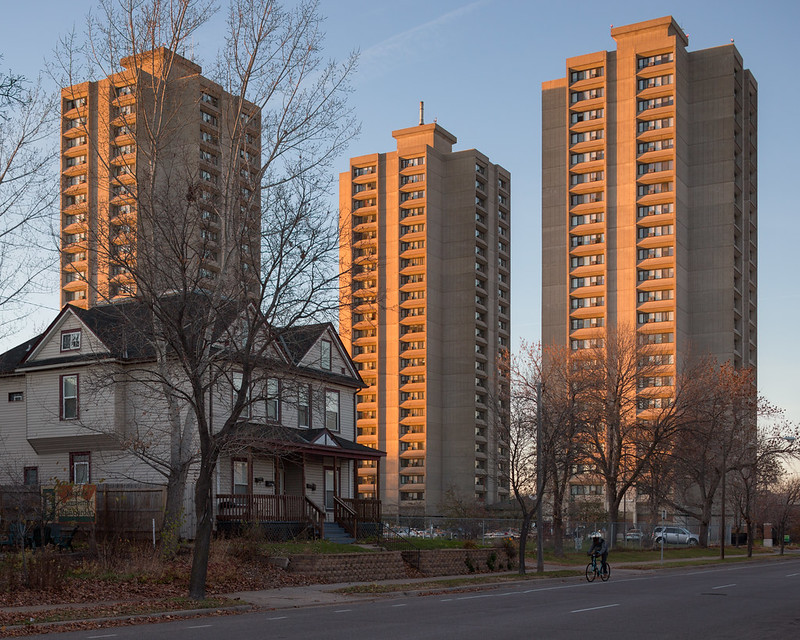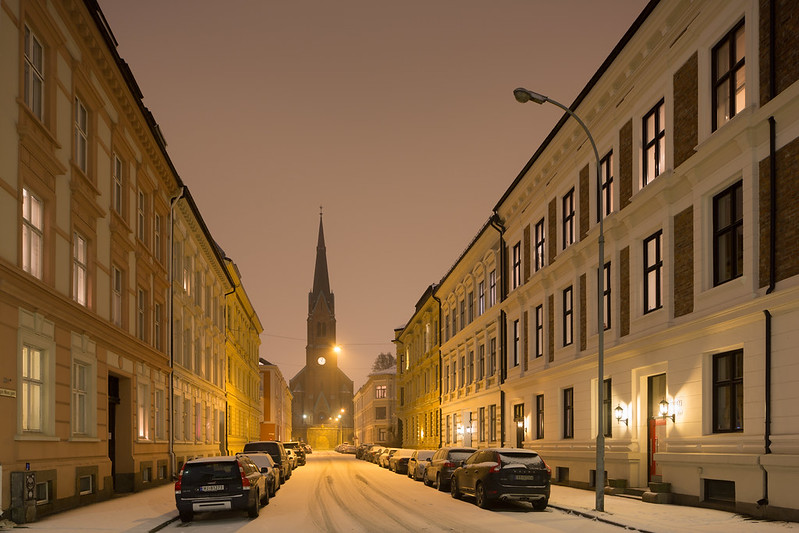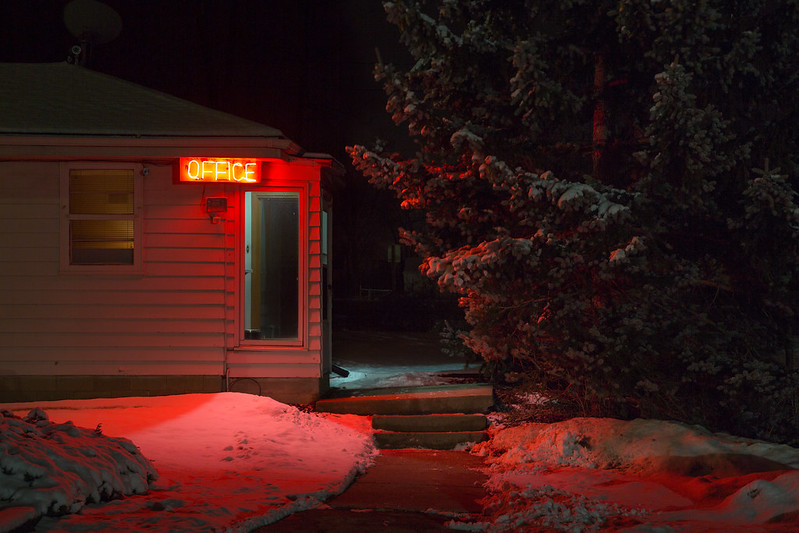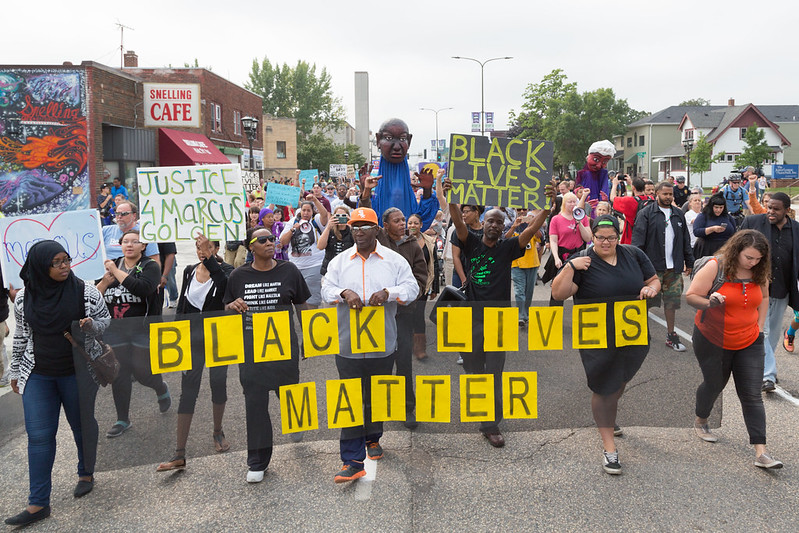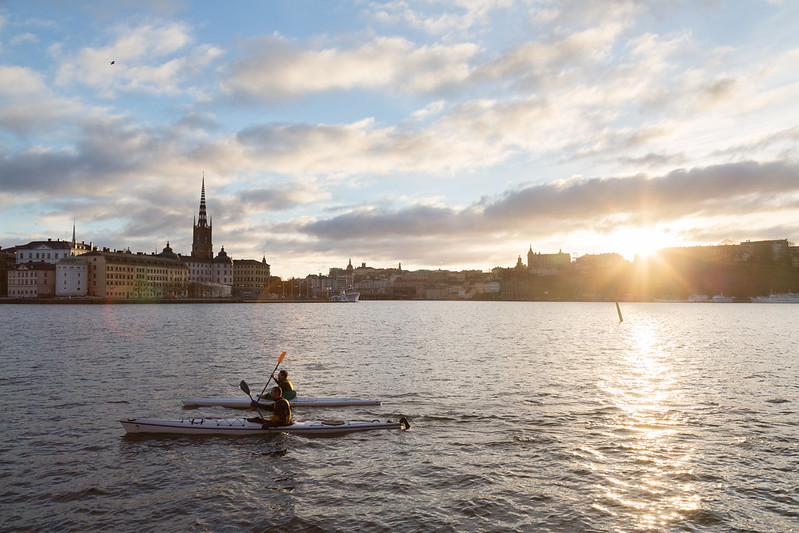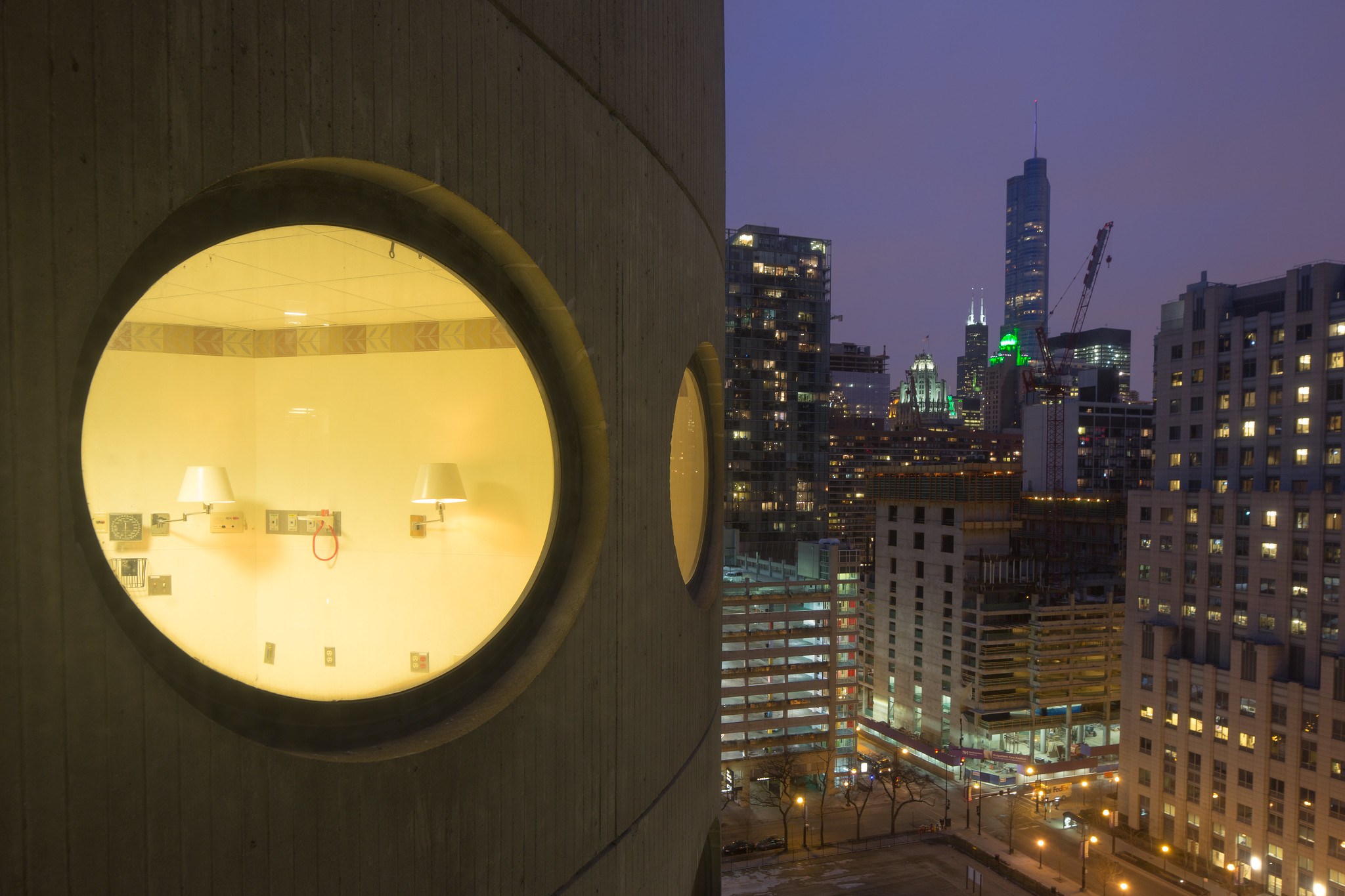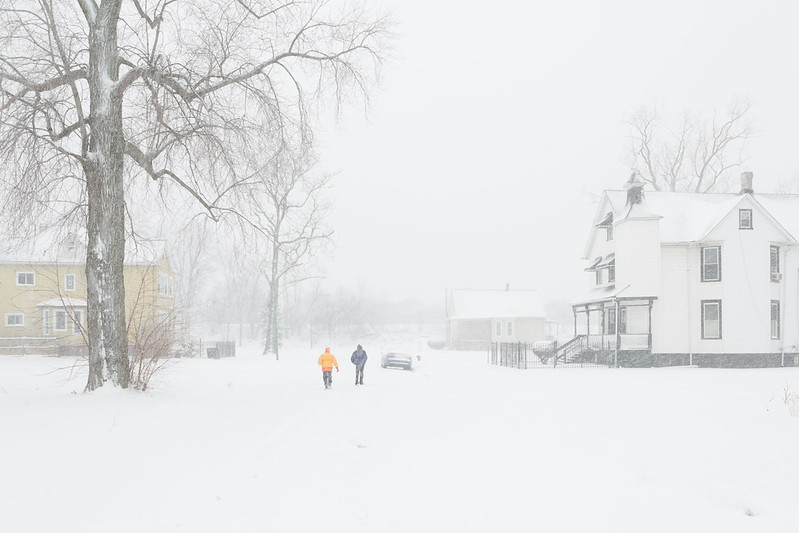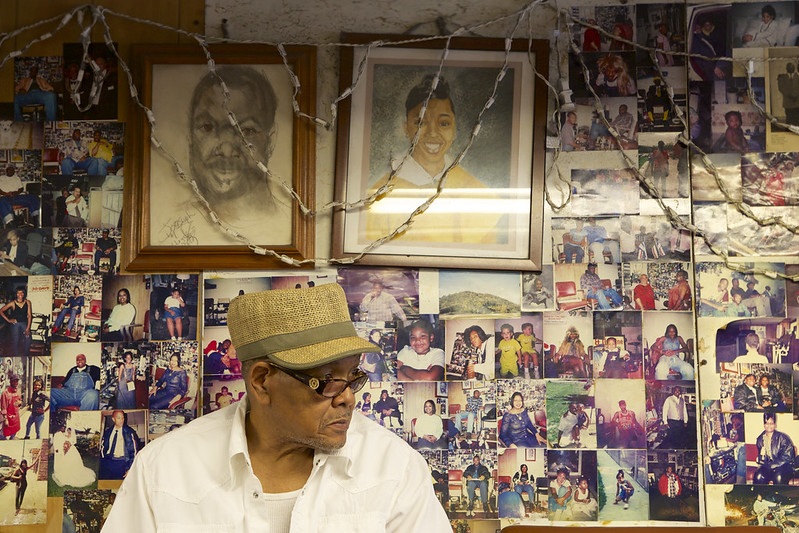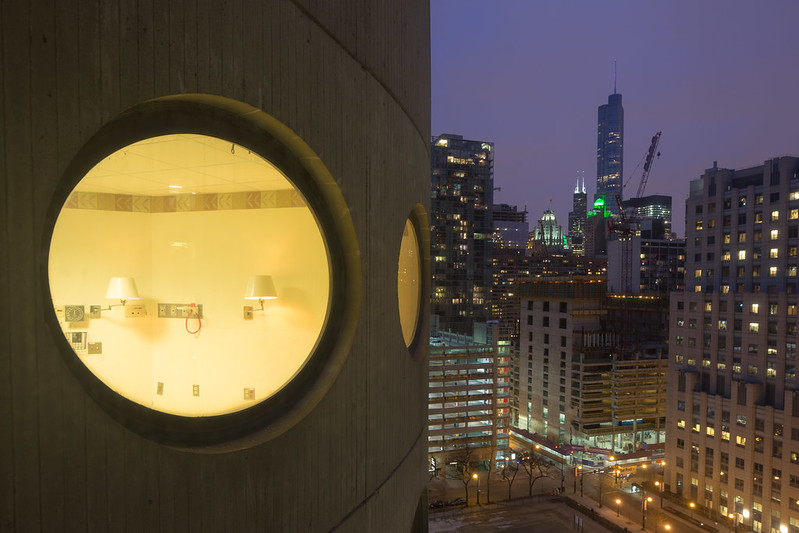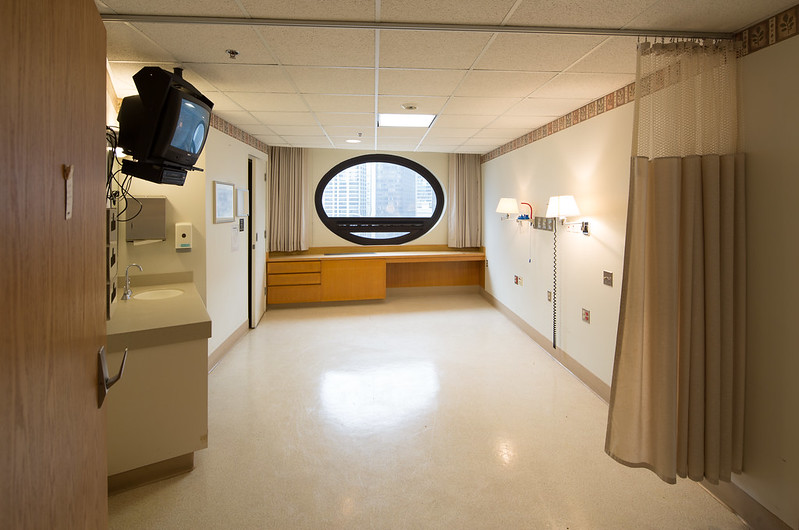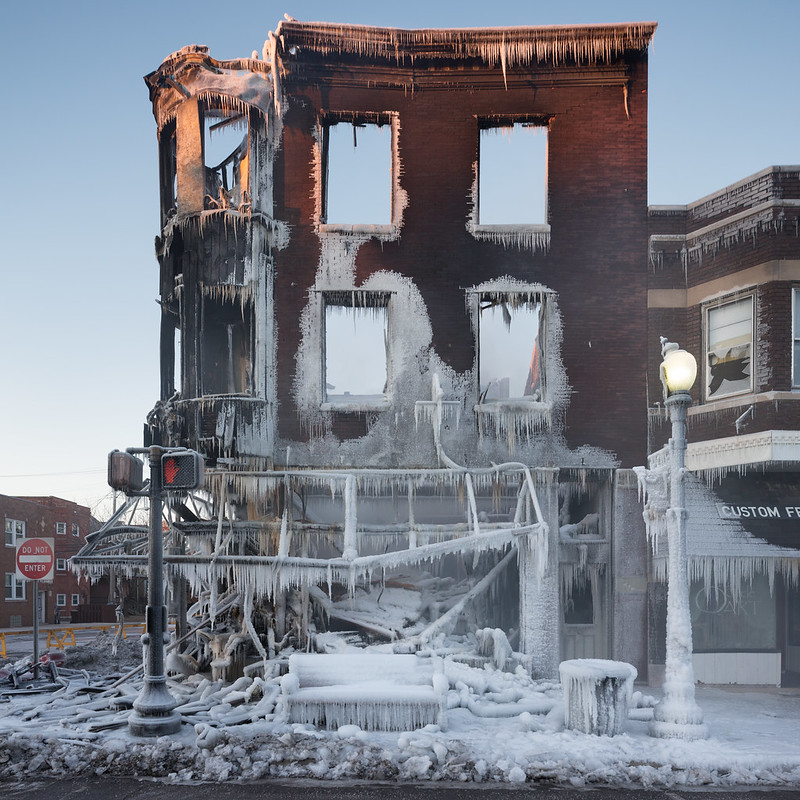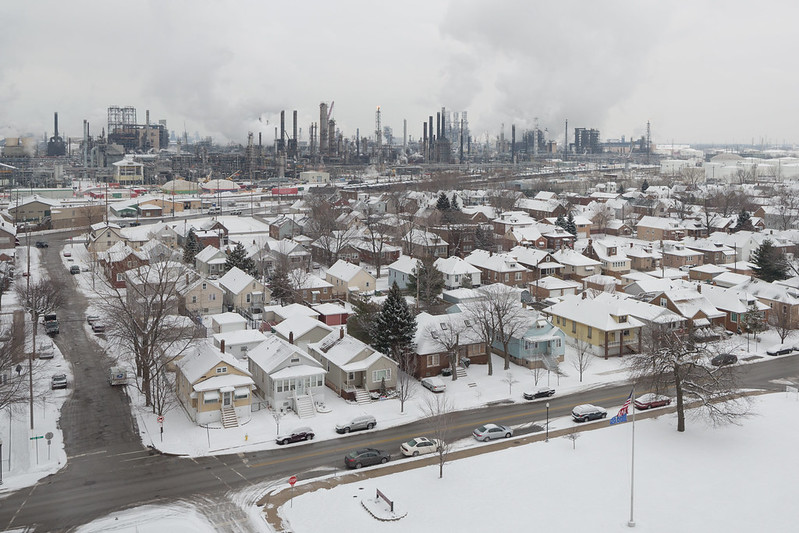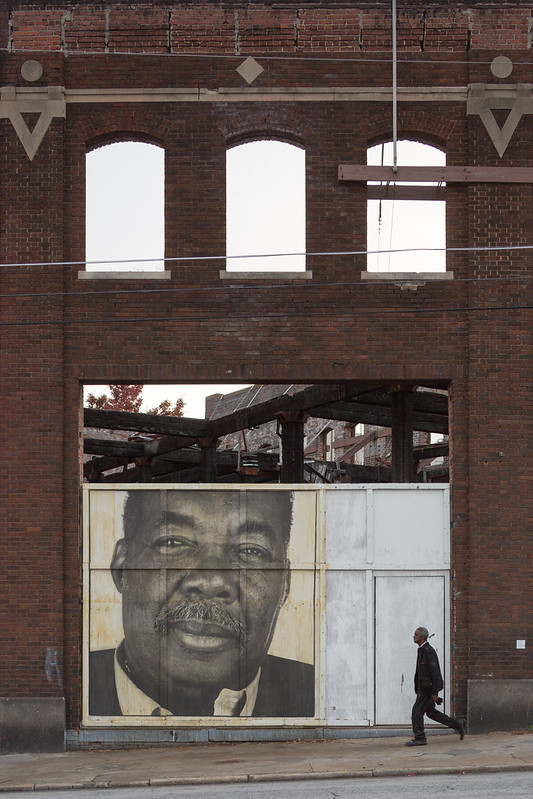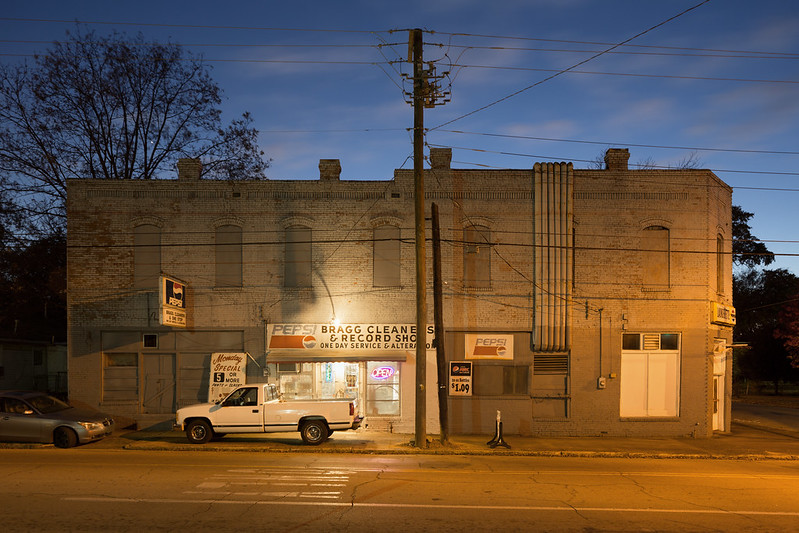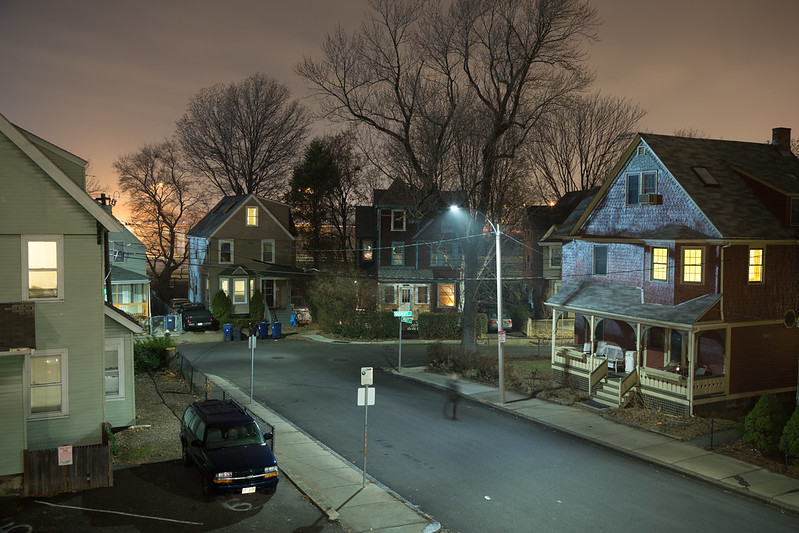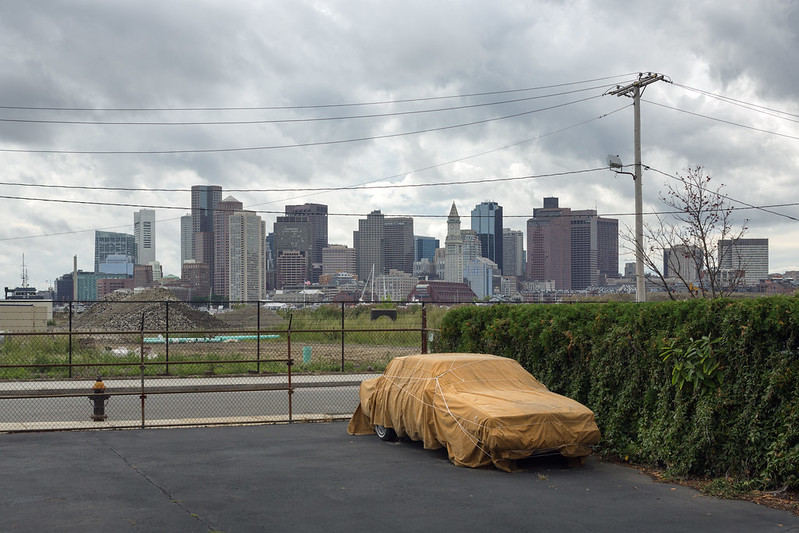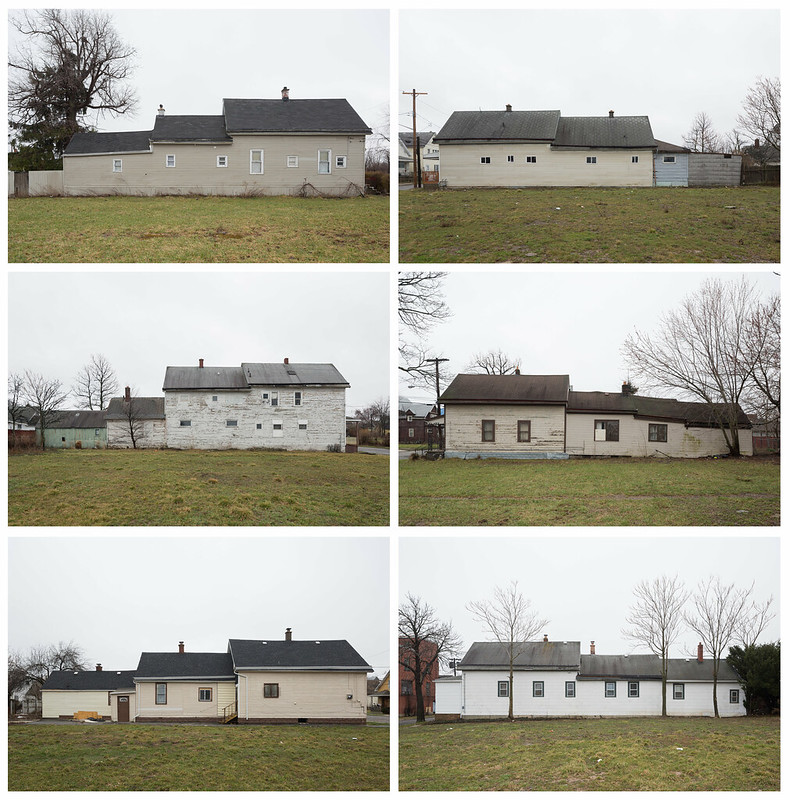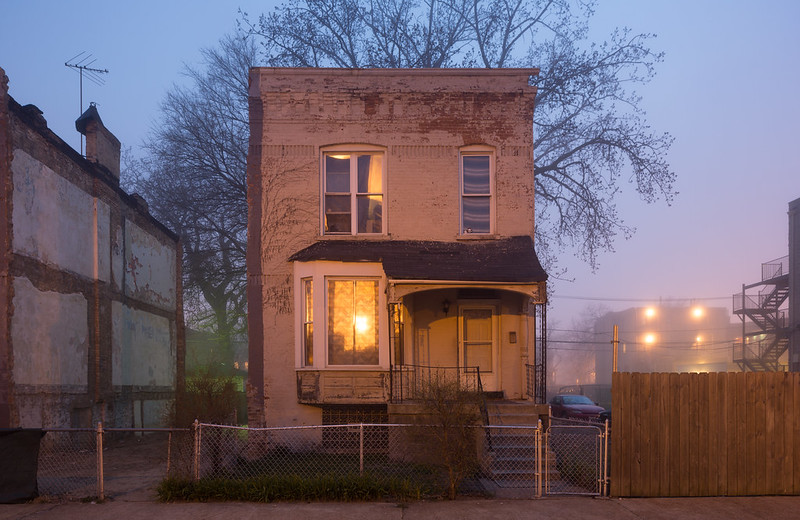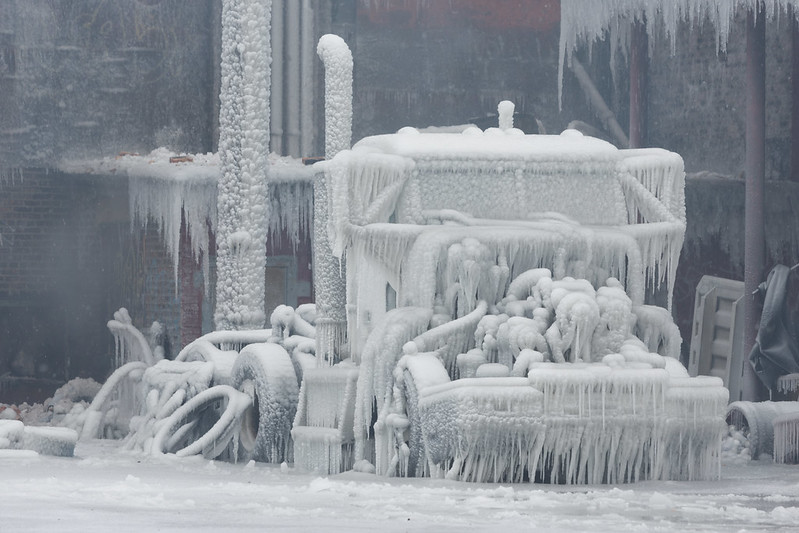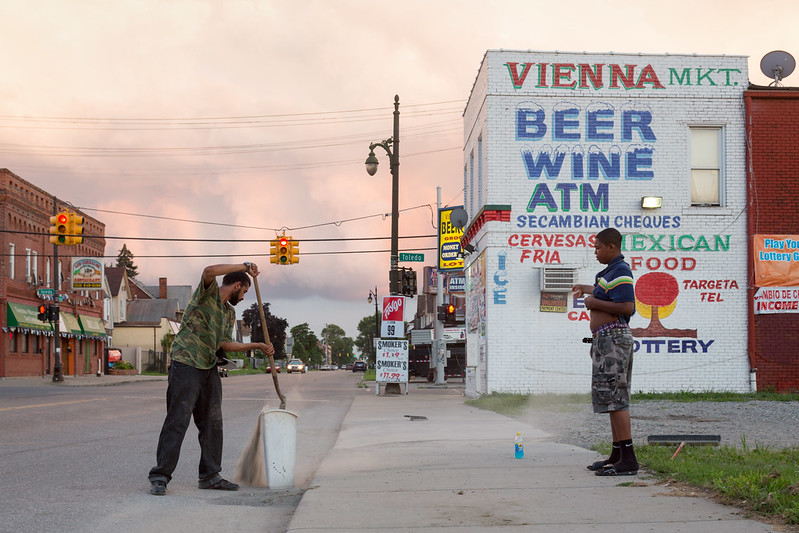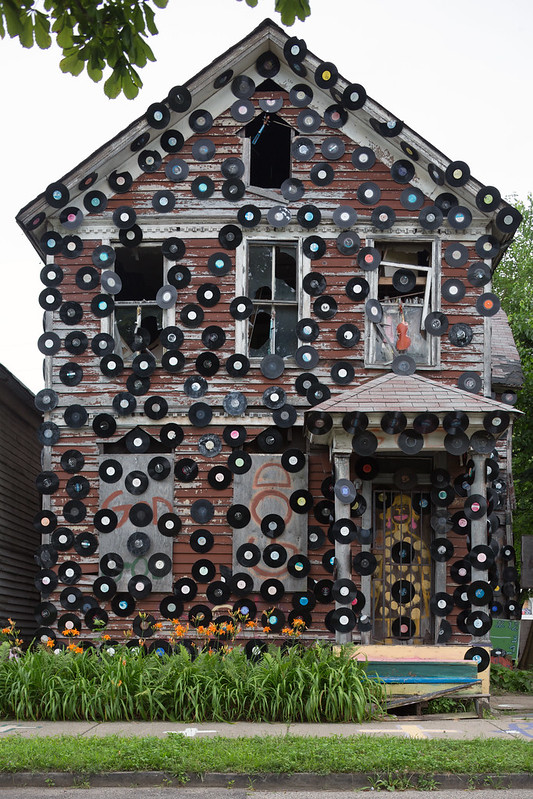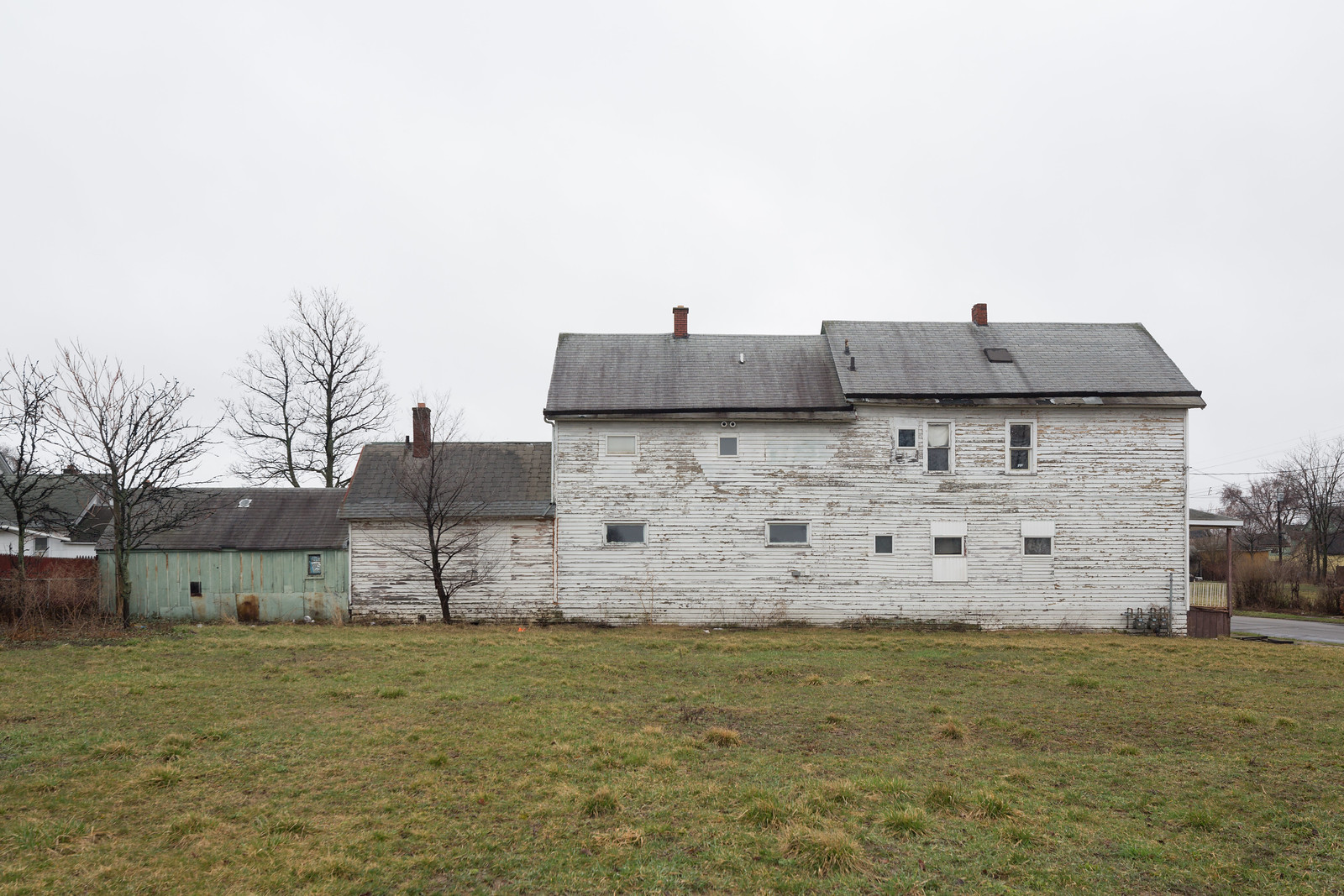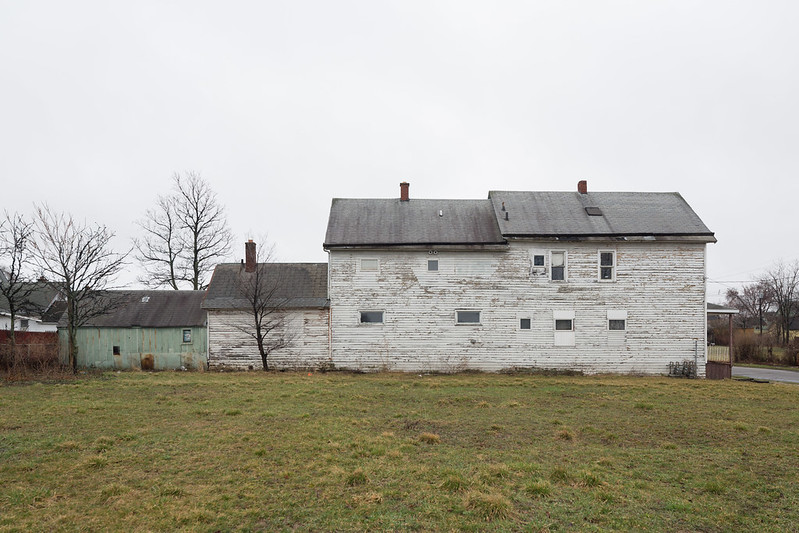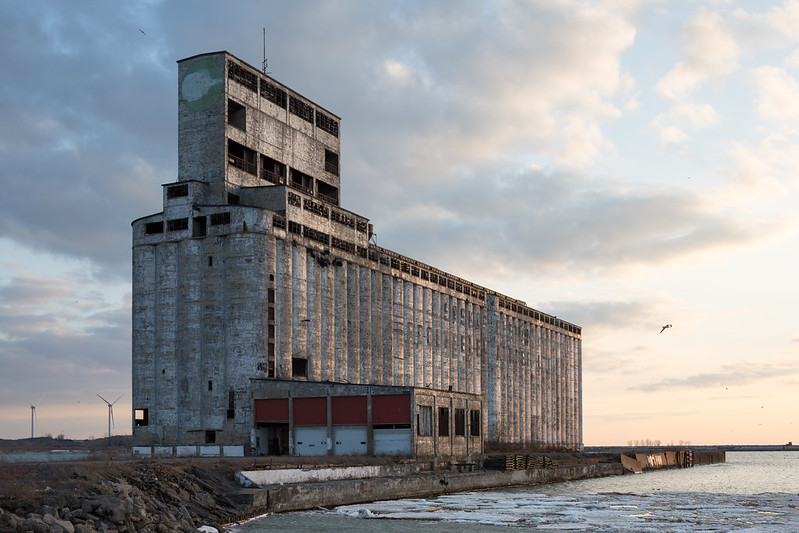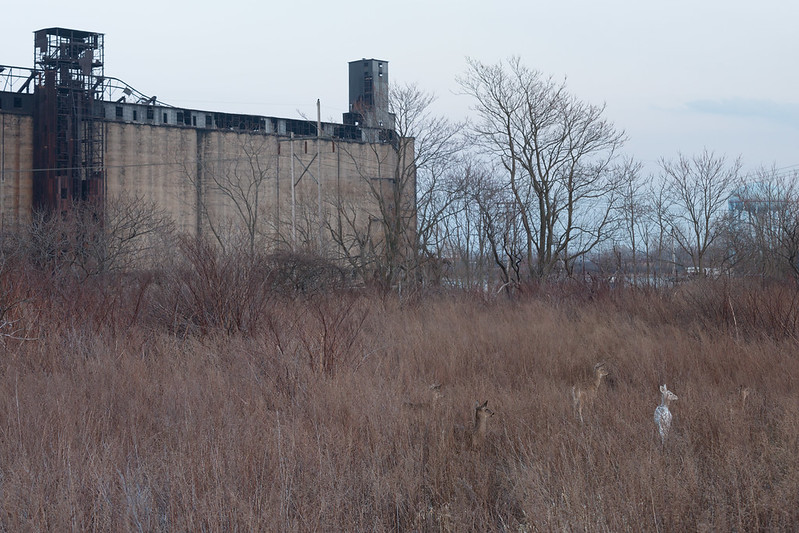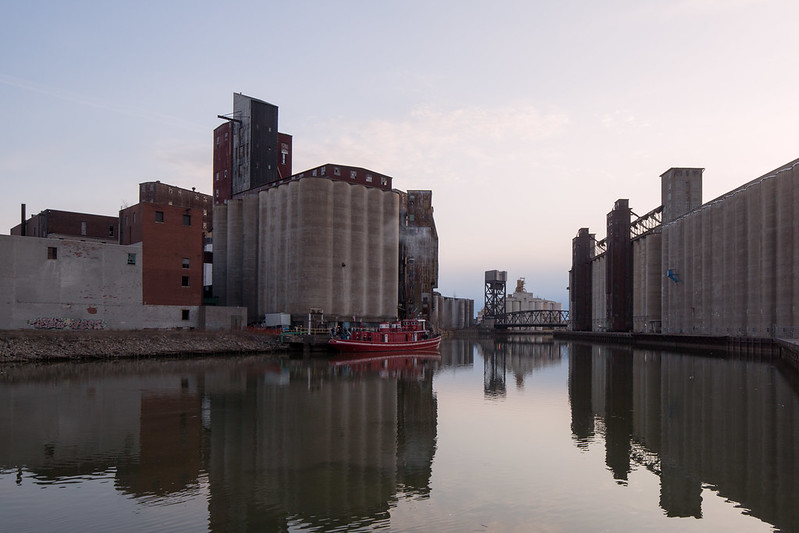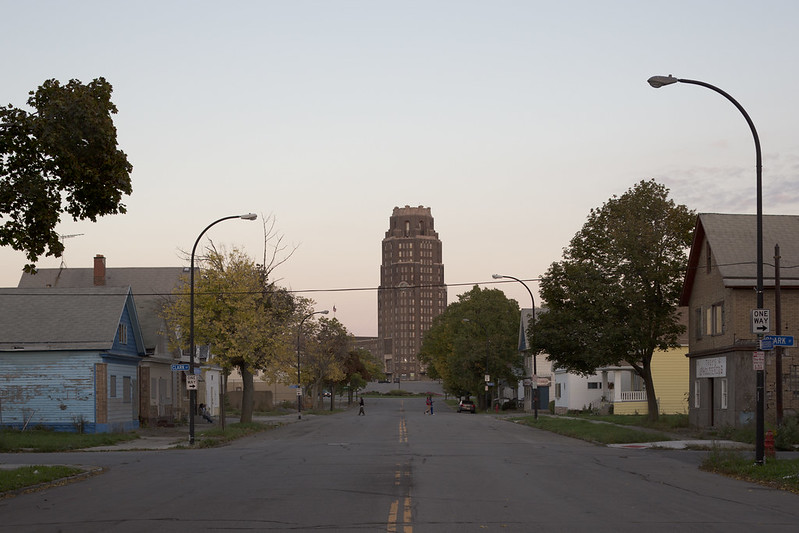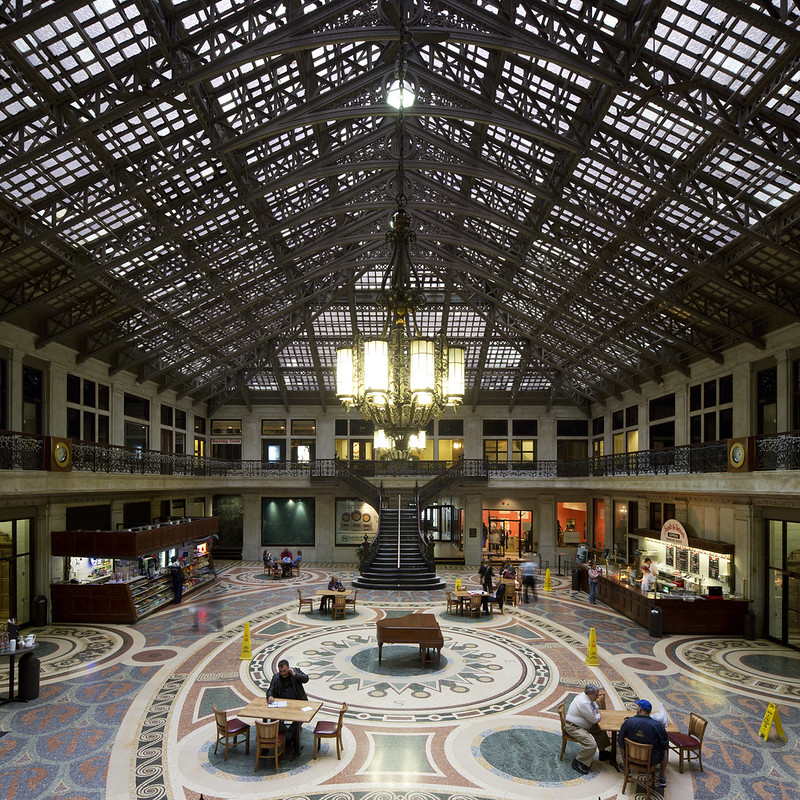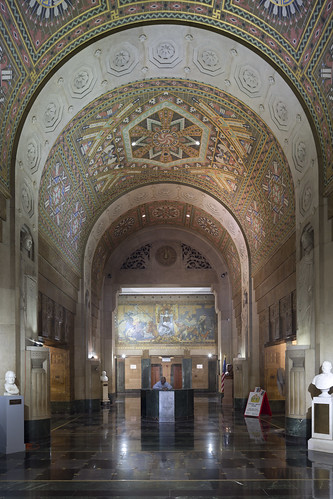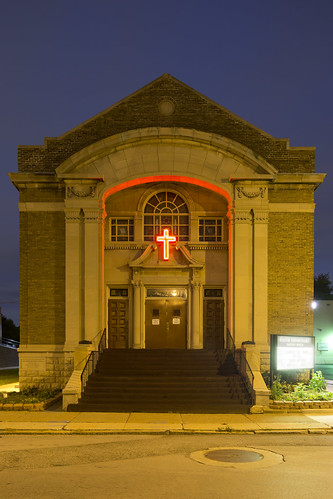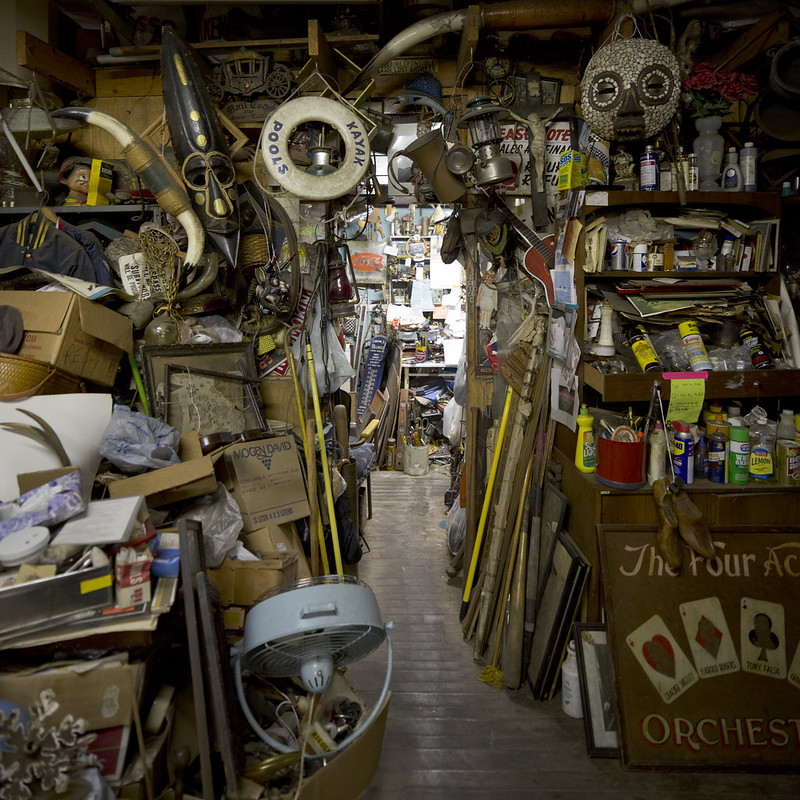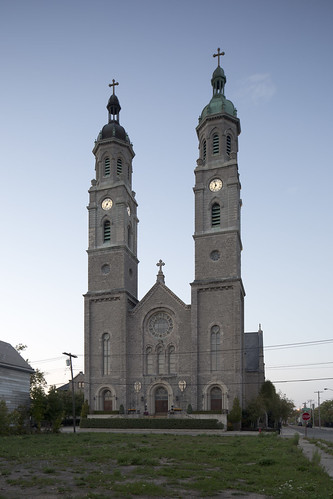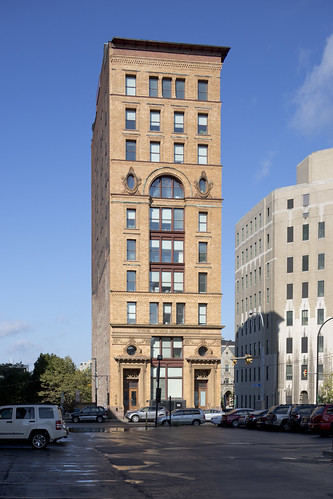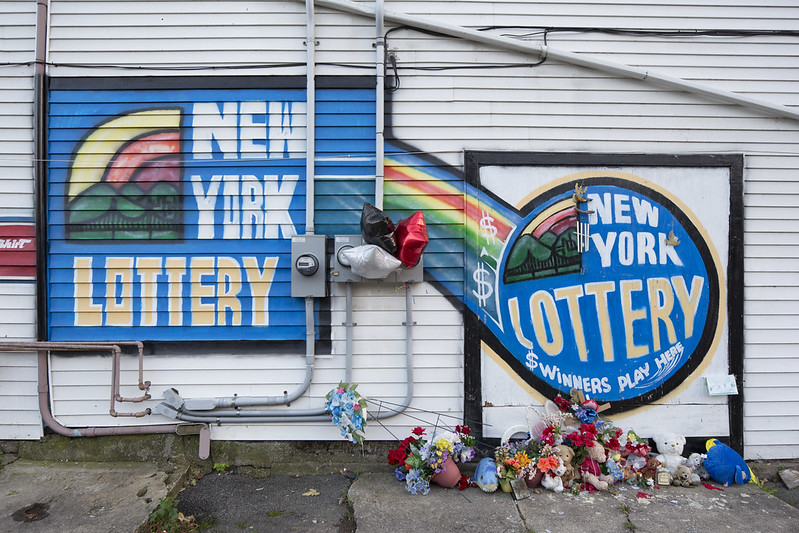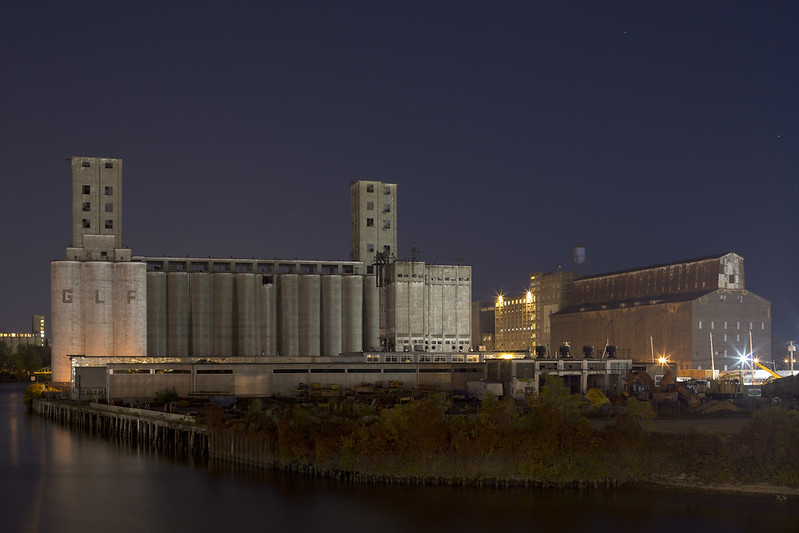2016 was another year of travel, but unlike previous years, my explorations were more international than domestic: for more than two months I made work in Belgium, Ethiopia, France, Ireland, Japan, Northern Ireland, and the United Arab Emirates.
One month of that period was for a residency in the North of France and Belgium. The residency, “Resilient Images,” is a joint program launched by the Hyde Park Art Center and the Centre régional de la photographie Nord—Pas-de-Calais and supported by the MacArthur Foundation, the French Embassy, and Institut Français. I will be writing more about my project in a few months, but if you’re interested in learning a little more about what I’m doing in the North, you can read a little more about it in this short interview. The rest of the summer, I continued my project about Eleventh Night and the Twelfth in Belfast, photographed in Tōhoku and showed photographs at Gallery Tanto Tempo in Japan, toured Ethiopia with friends, and visited with guest workers in Dubai.
But I also did some domestic travel, including for a show in Buffalo, New York at Dennis Maher’s incomparable Fargo House and a screening of scenes from The Area at the University of Wisconsin Milwaukee’s Mobile Design Box in Milwaukee, Wisconsin. I also made brief visits to the area around Louisville, Kentucky and New Orleans, Louisiana. Of course, I spent plenty of time in Chicago, Illinois and Minneapolis, Minnesota, which finally feels like home.
The other big project news is that after nearly five years, The Area is swiftly moving towards completion with Scrappers Film Group after a party and fundraiser in December. “Thank you,” everyone who attended and contributed!
I can’t possibly do justice to the places I visited in this short post, but I’ve included links to locations for which I made blog posts, and posted a few photographs from each site. If I authored a blog post about a particular visit, the section title is a link to the post.
To 2017! It’s going to be a busy one, isn’t it?
Resilient Images Residency in Hauts-de-France, France
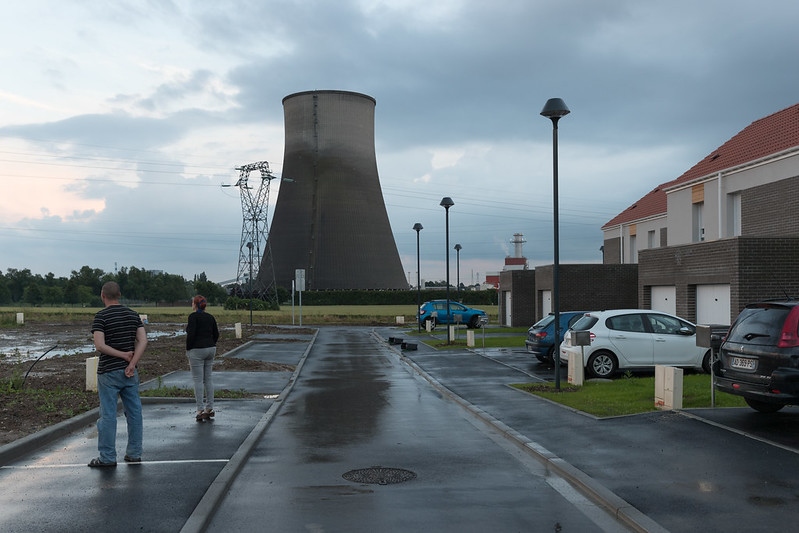
Residents calling for their dog from their street.
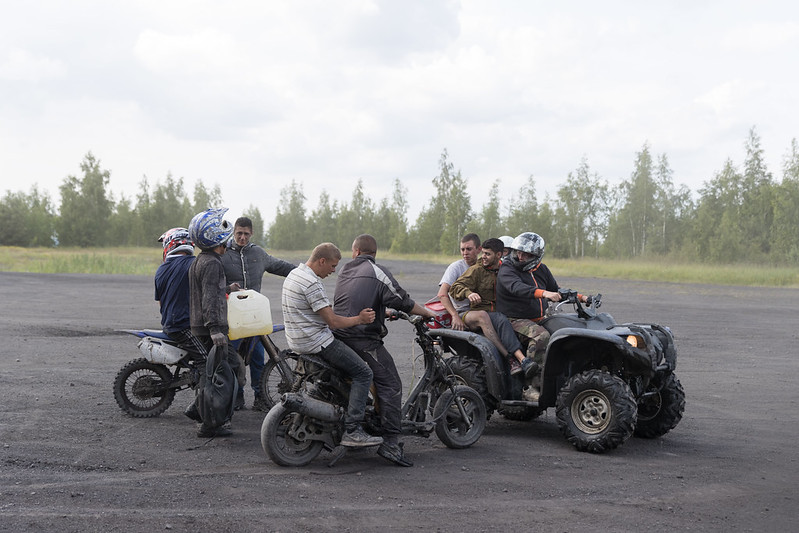
ATV riders gather to move from one part of a slag heap to another.
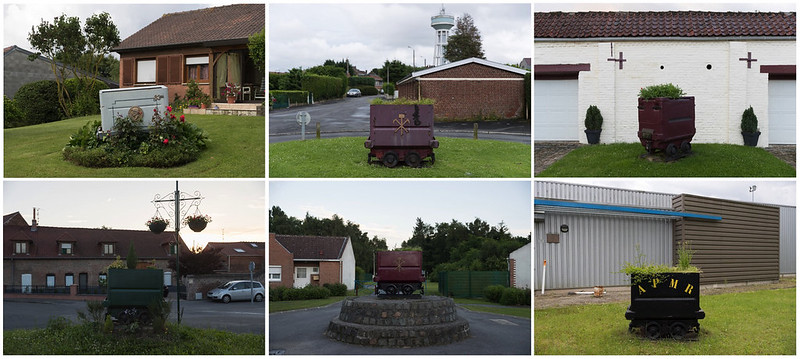
Coal cars displayed in former mining towns.
Belgium
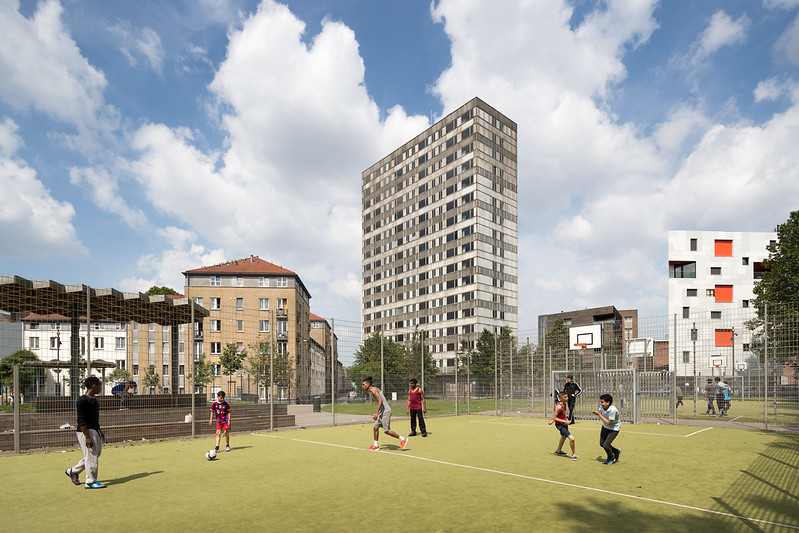
Young immigrants play soccer in Brussels’ Molenbeek neighborhood.
Belfast, Northern Ireland
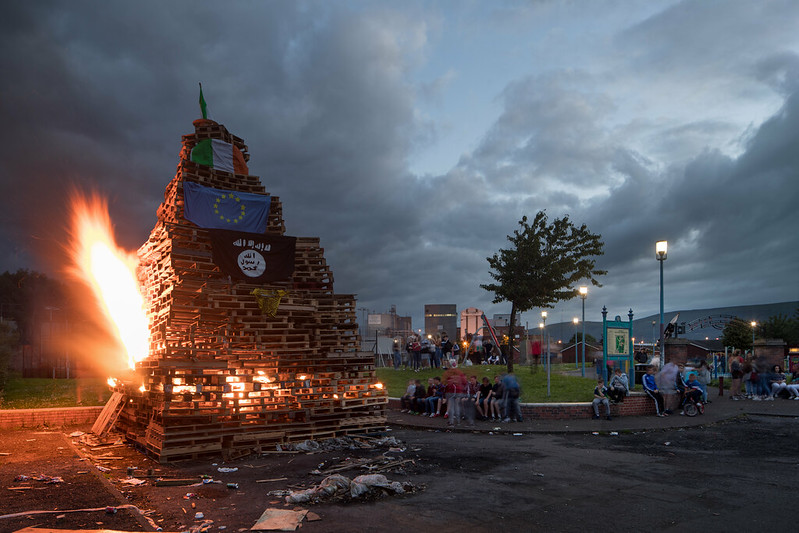
Shankill neighborhood residents ignite their children’s bonfire.
Tōhoku, Japan
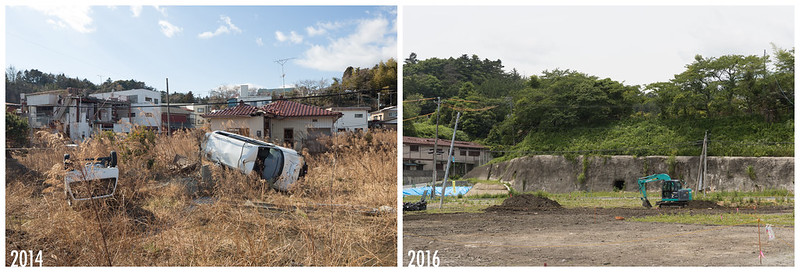
Post-tsunami and radiation contamination remediation in downtown Tomioka.
The “Jungle,” Calais, France
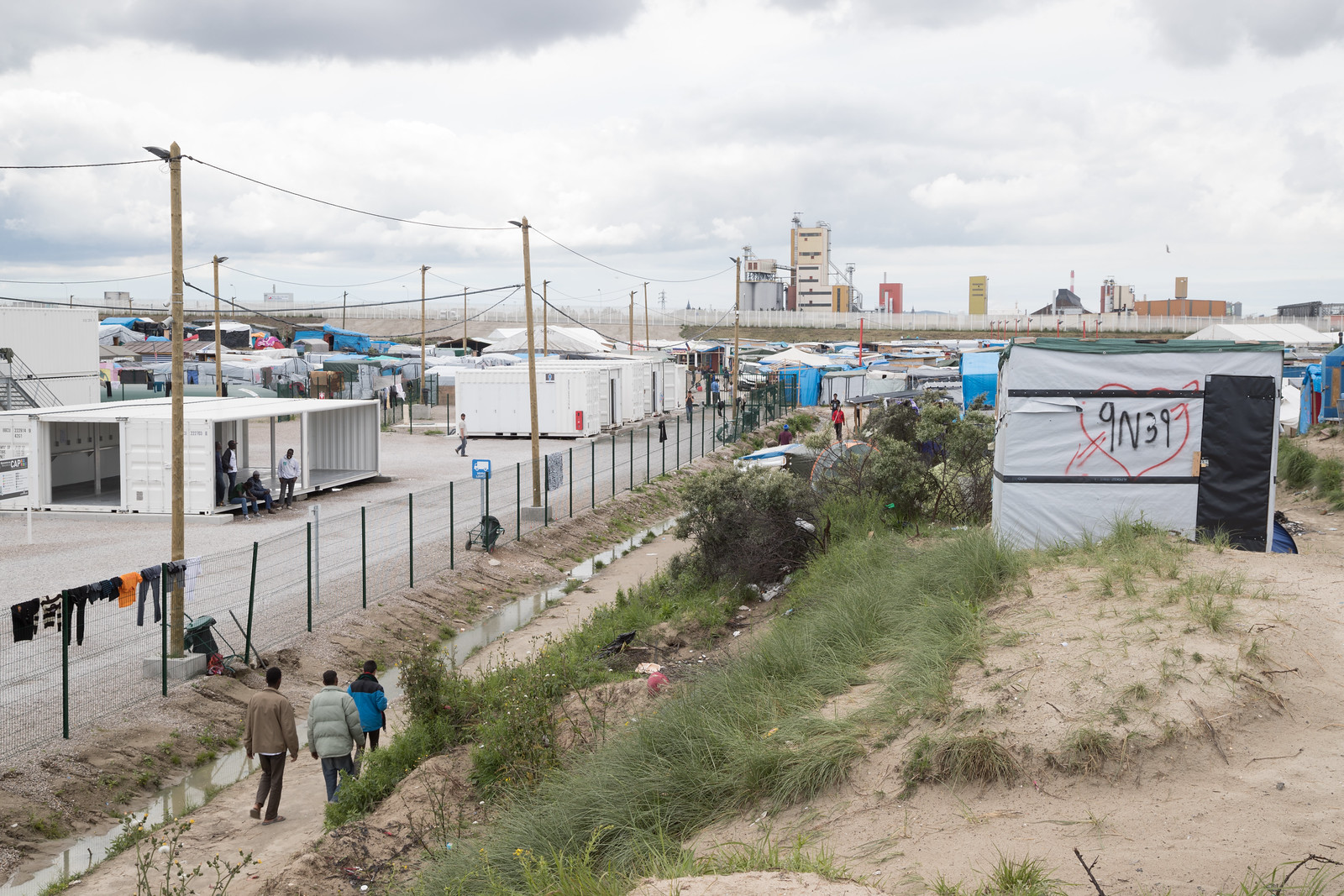
The formal and informal Calais “Jungle” camps before demolition.
Ethiopia
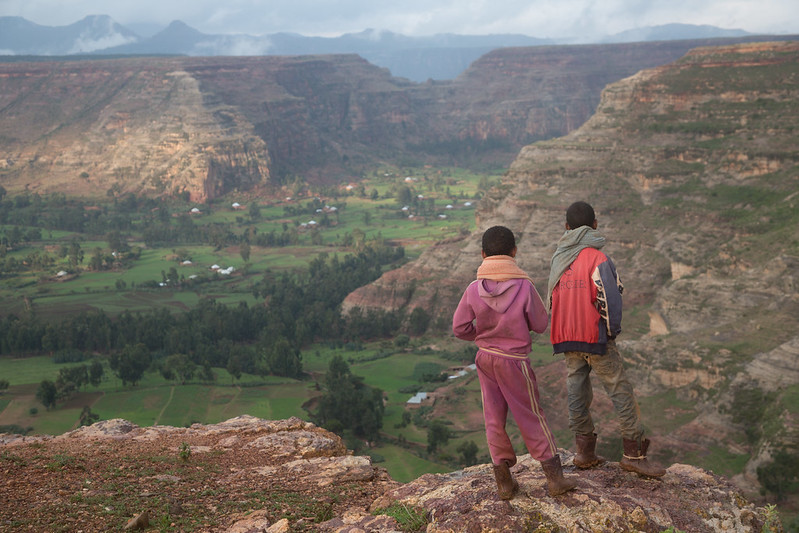
Two boys look down to their village in rural Tigray.
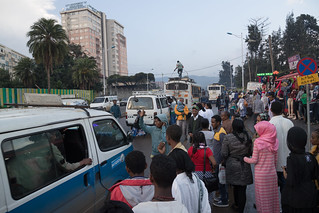
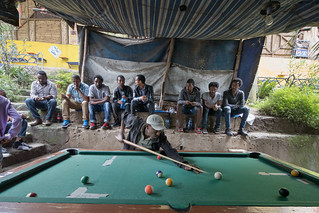
A minibus stop and an outdoor pool hall in Addis Ababa.
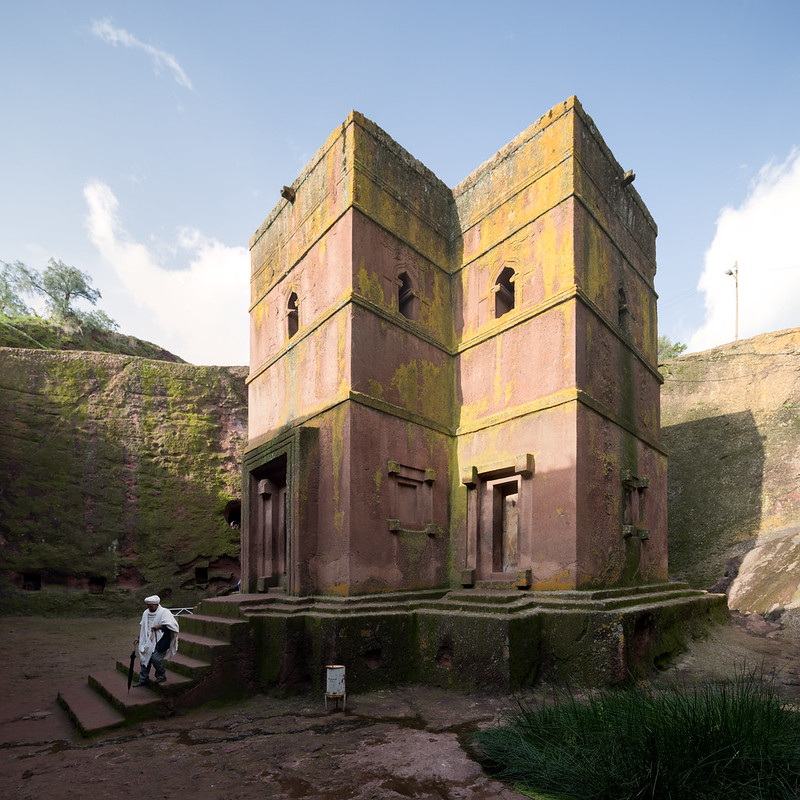
The Church of St. George in Lalibela.
Dubai, United Arab Emirates
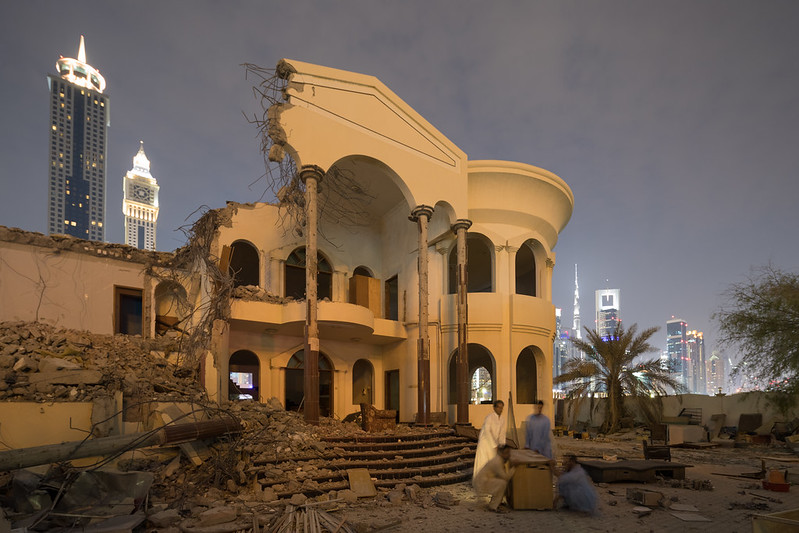
Scrappers remove kitchen counters from a partially demolished house.

A small sample of the variety of modified truck designs in sand parking lots.
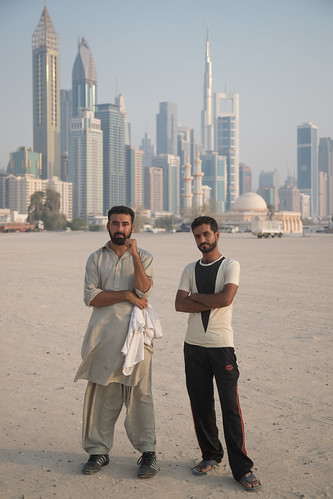
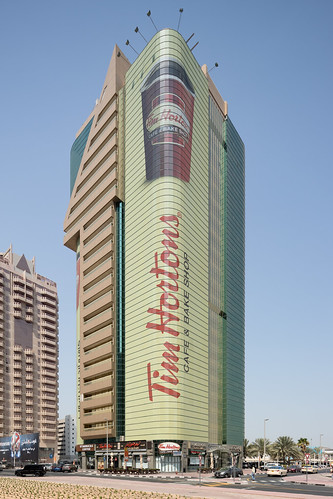
Two Pakistani guest workers and the largest Tim Horton’s advertisement I’ve ever seen.
Buffalo, New York
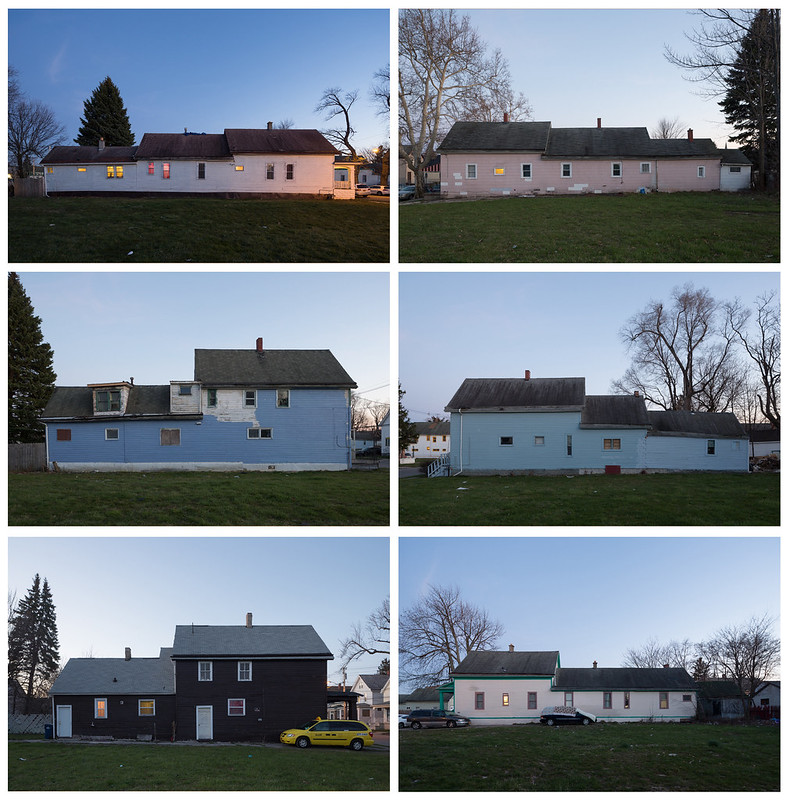
Six new telescope house photographs I made while visiting for my exhibition.
Chicago, Illinois
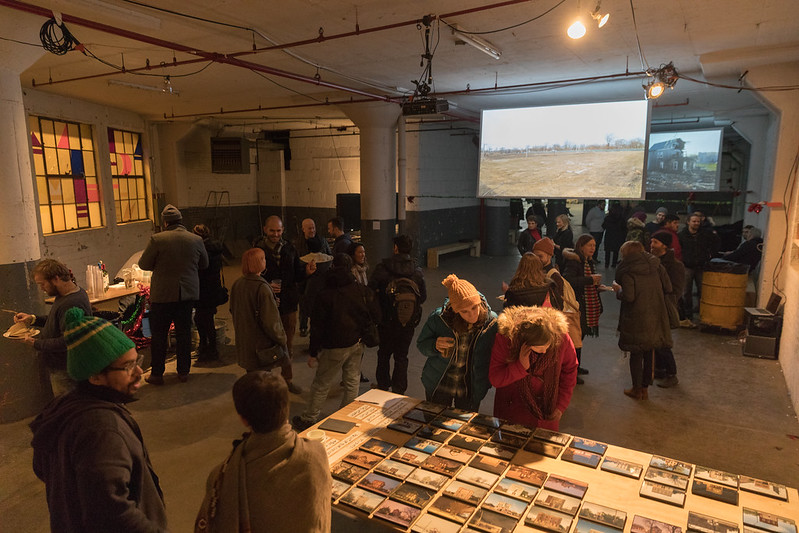
The beginning of the Scrappers Film Group party and fundraiser for The Area at Lost Arts.
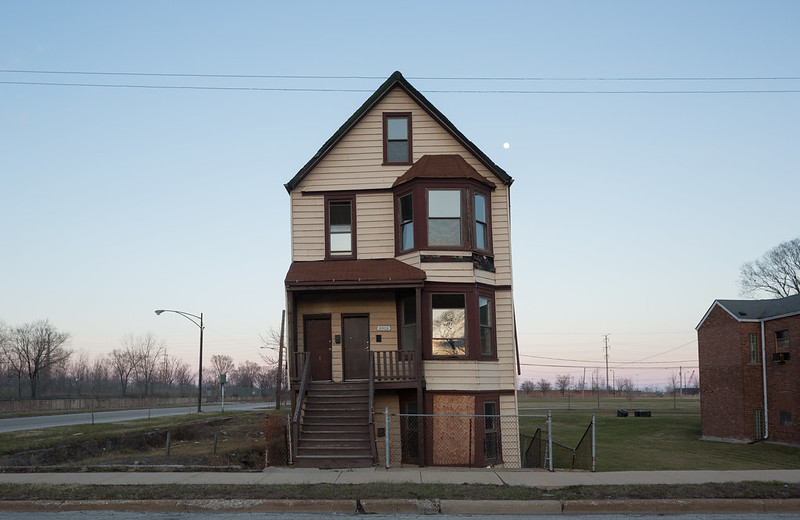
A leaning, isolated building near the former United States Steel South Works site.
Louisville, Kentucky
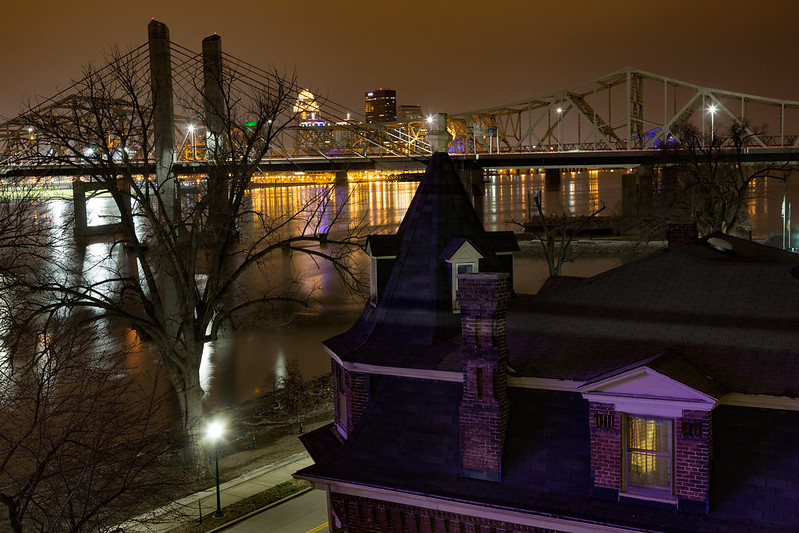
Overlooking the Ohio River and Louisville, Kentucky from Jeffersonville, Indiana.
Milwaukee, Wisconsin
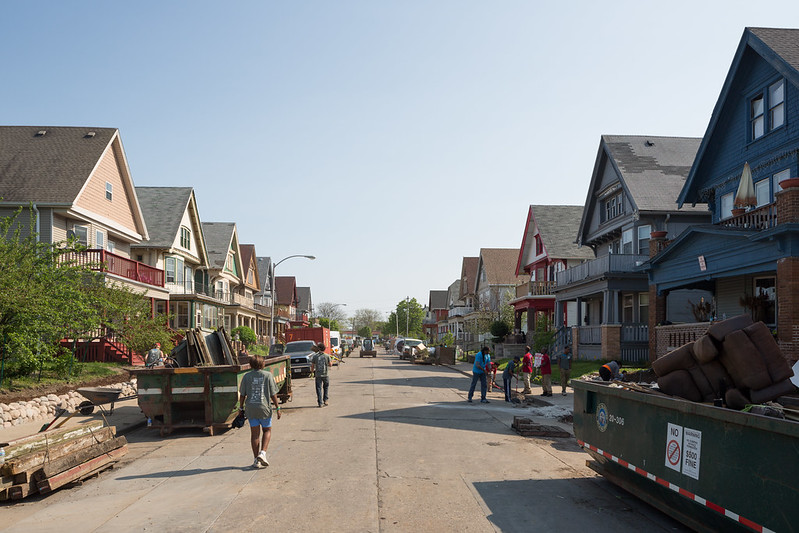
A major clean-up effort in a North Side neighborhood.
Minneapolis, Minnesota
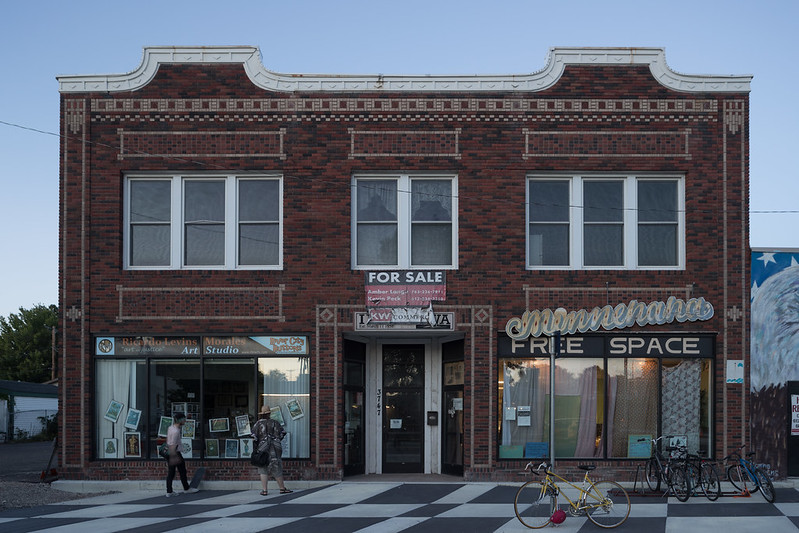
The Minnehaha Free Space before it was displaced by a new landlord.
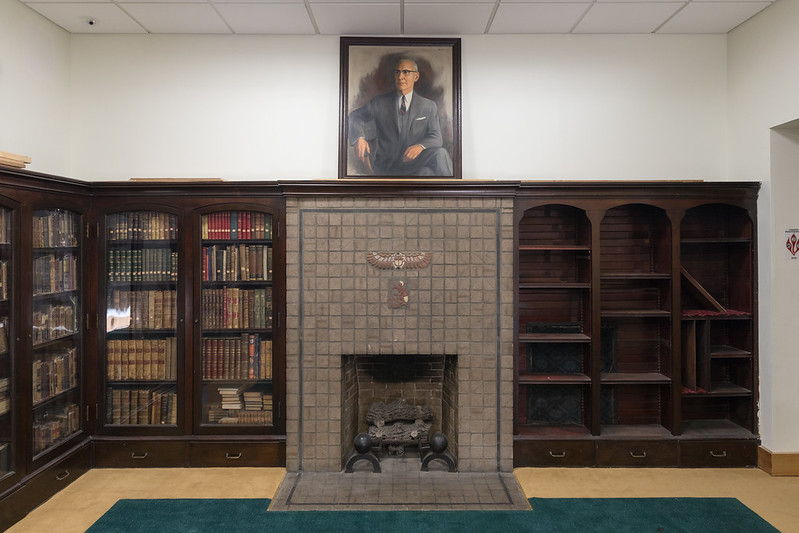
A former entry area of the Minneapolis Scottish Rite Temple.
New Orleans, Louisiana
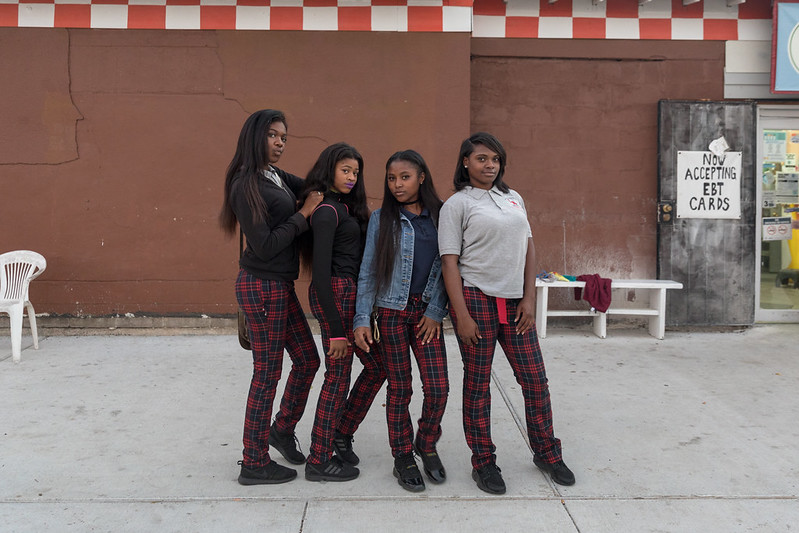
Four teenagers posing outside a corner store in the Lower Ninth Ward.
Rural Minnesota
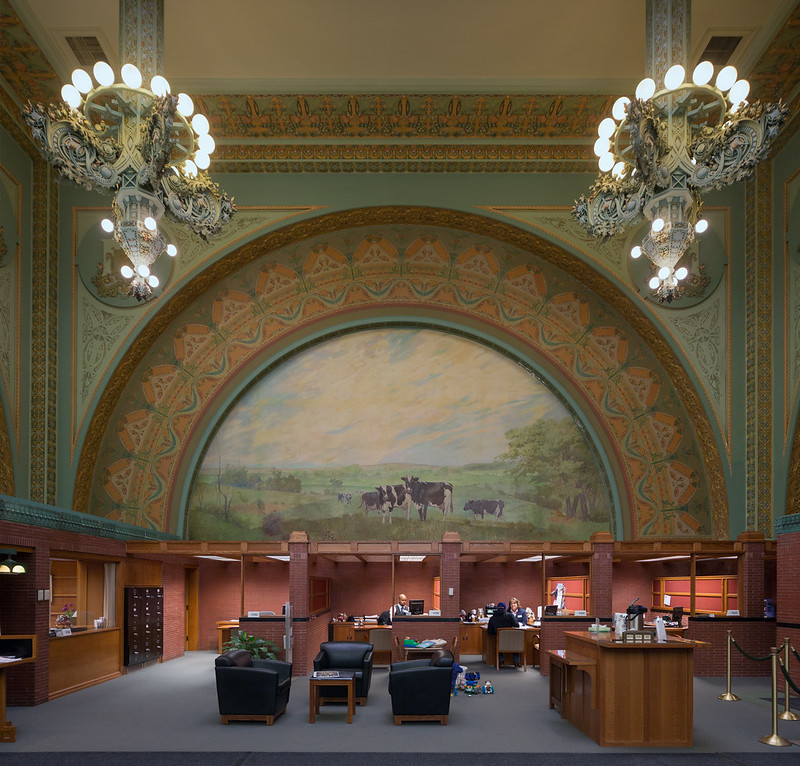
Louis Sullivan’s National Farmer's Bank of Owatonna.
Rural Wisconsin
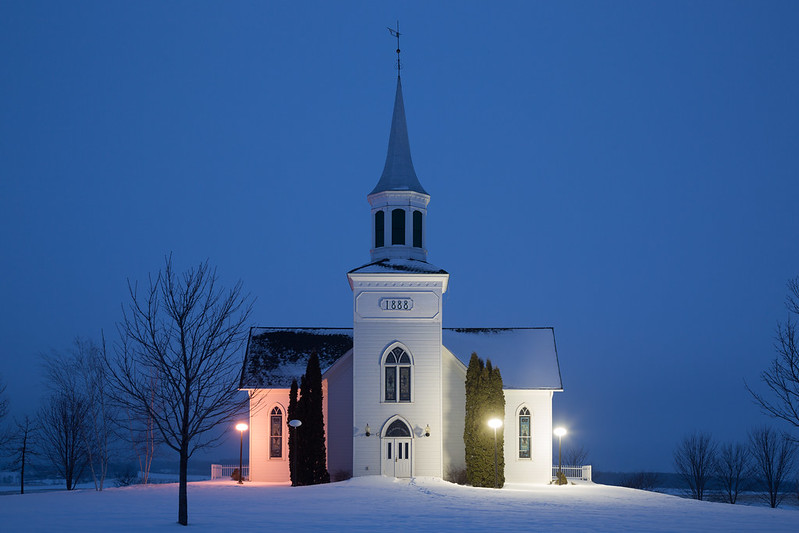
A former church in St. Croix.
